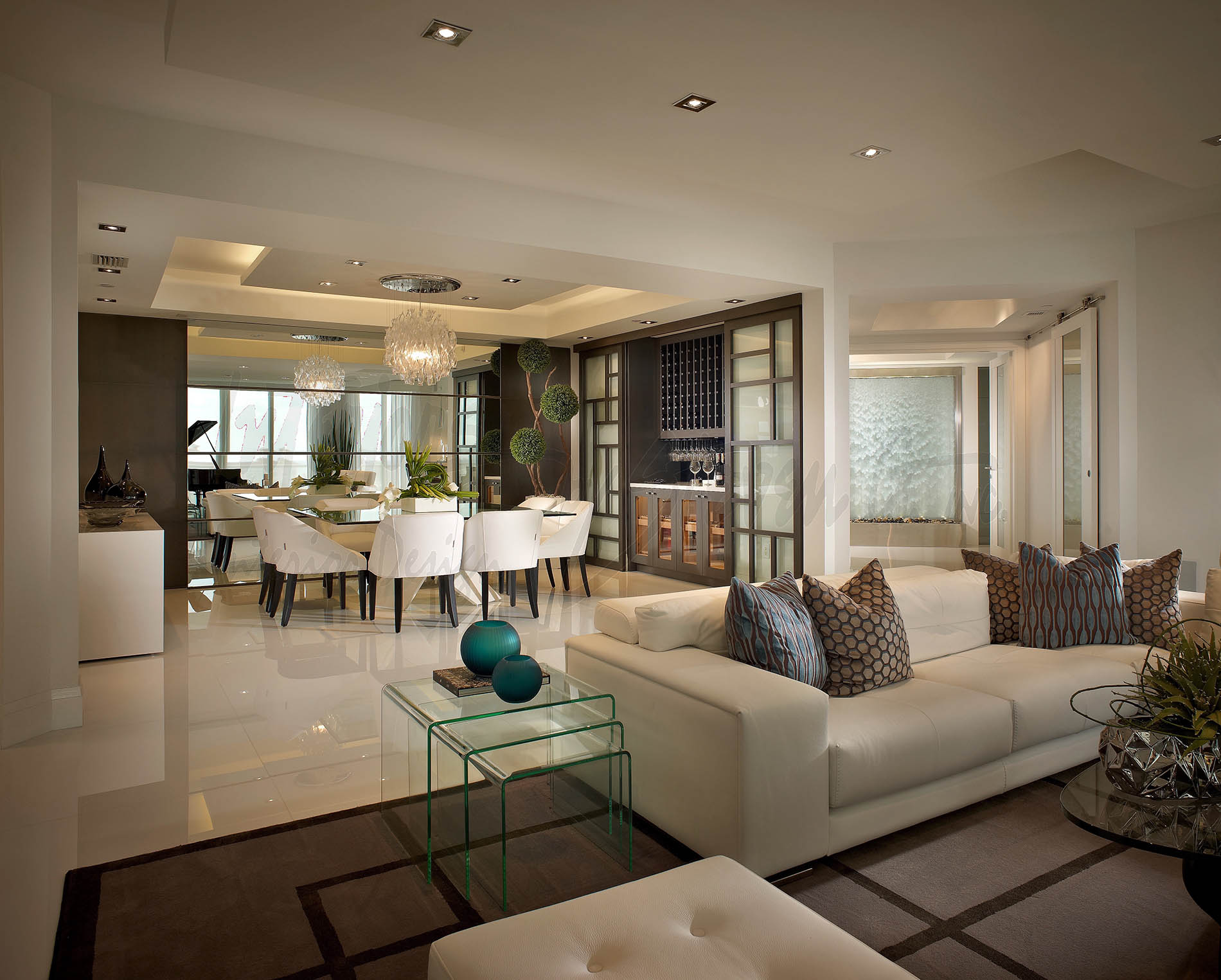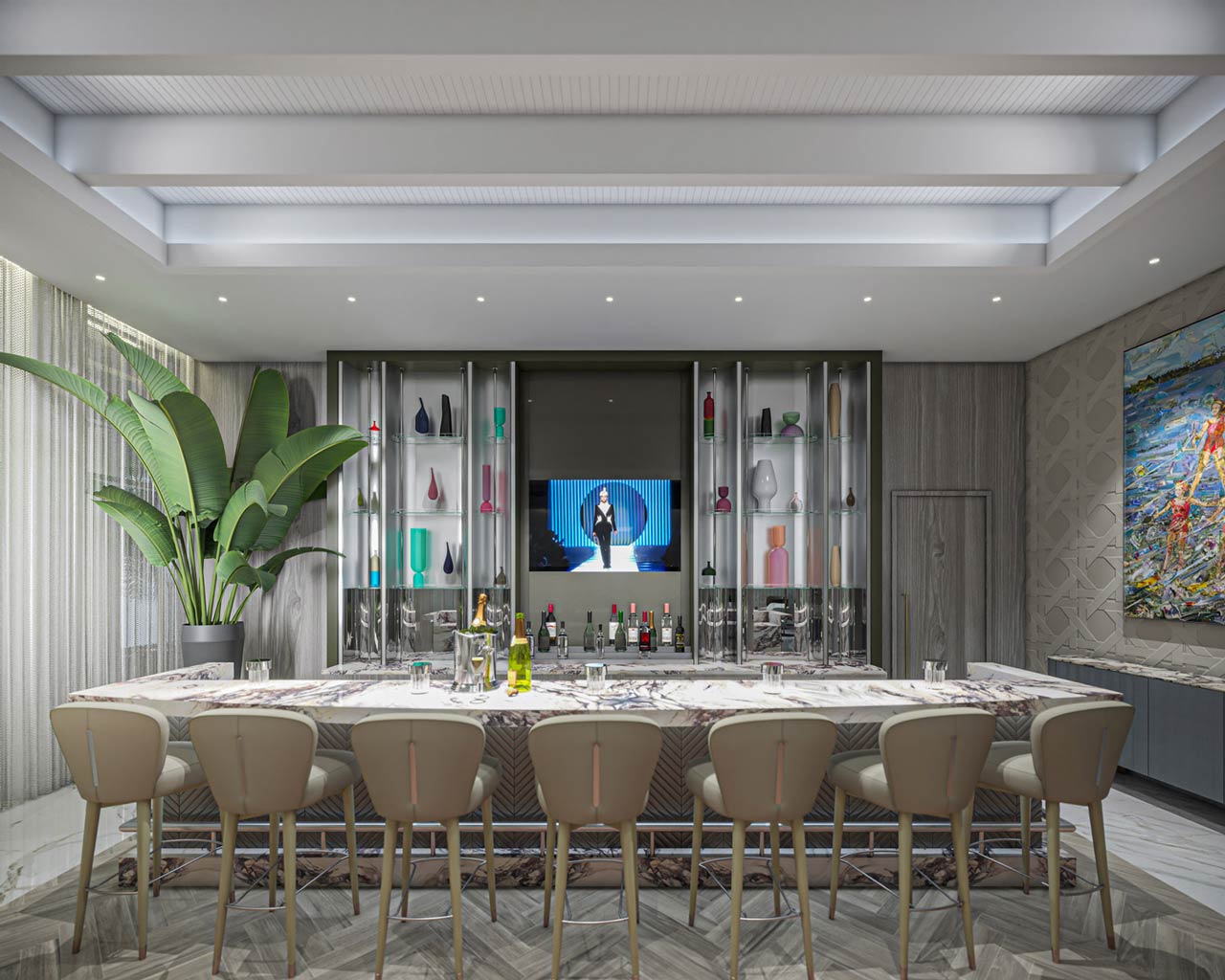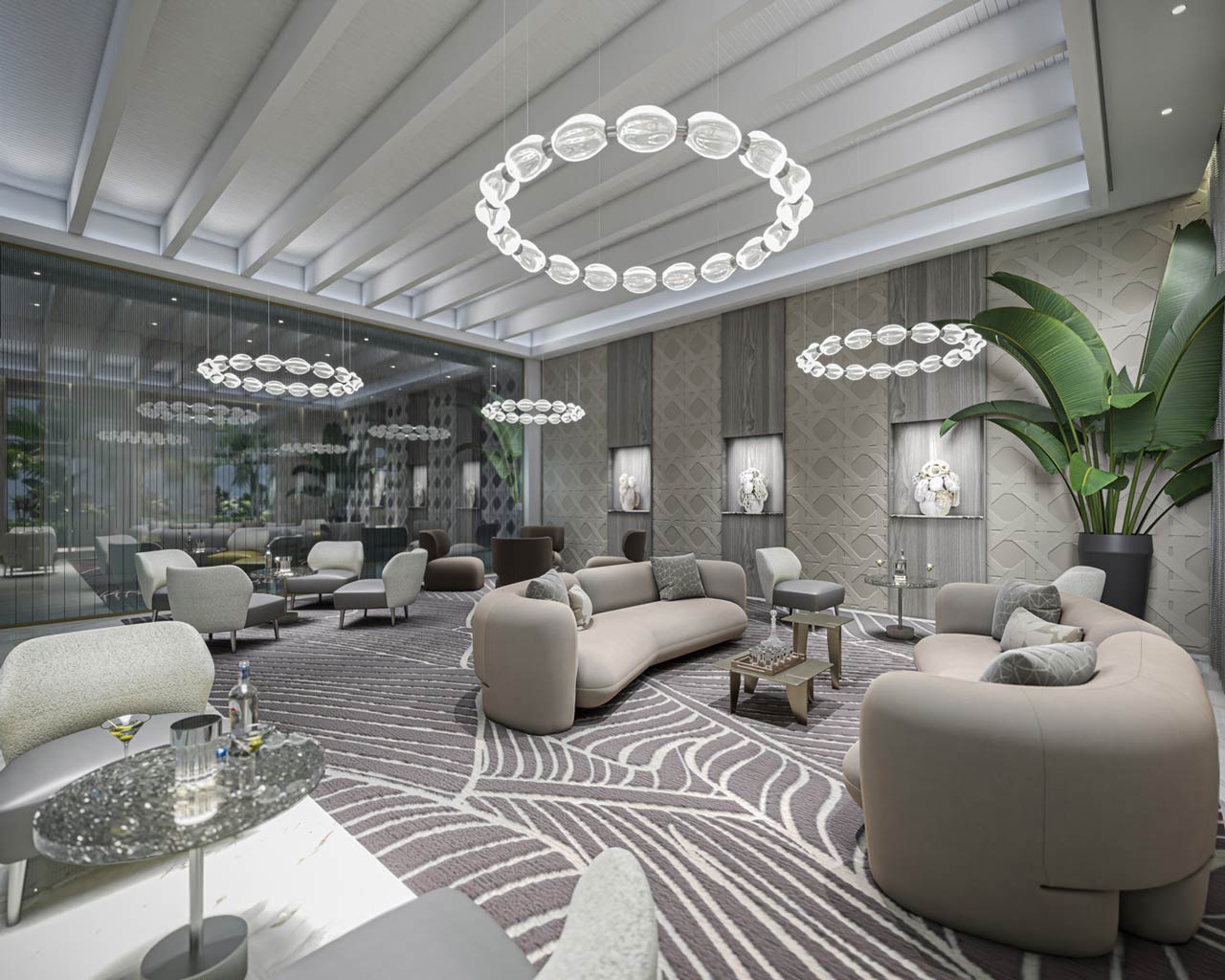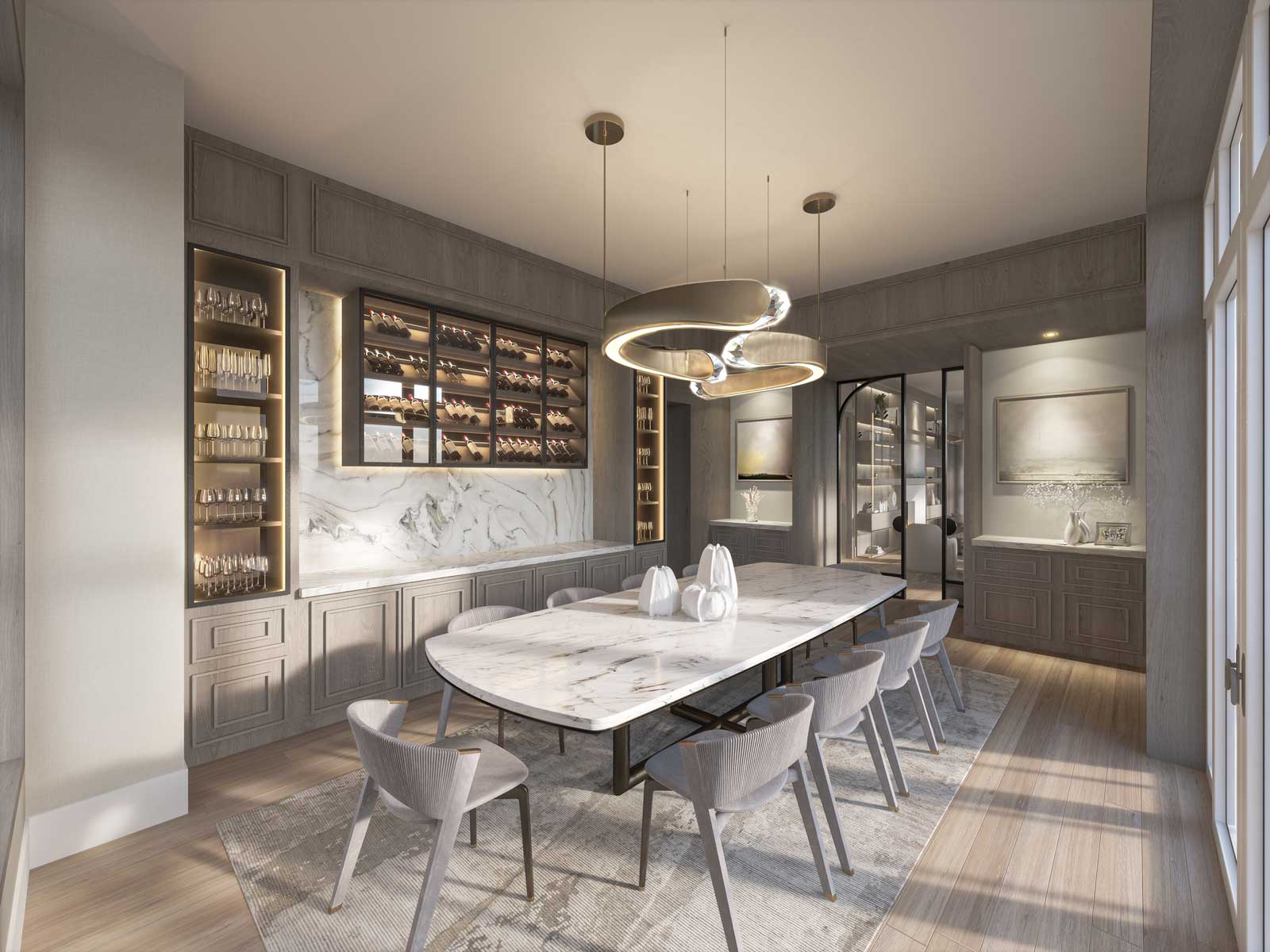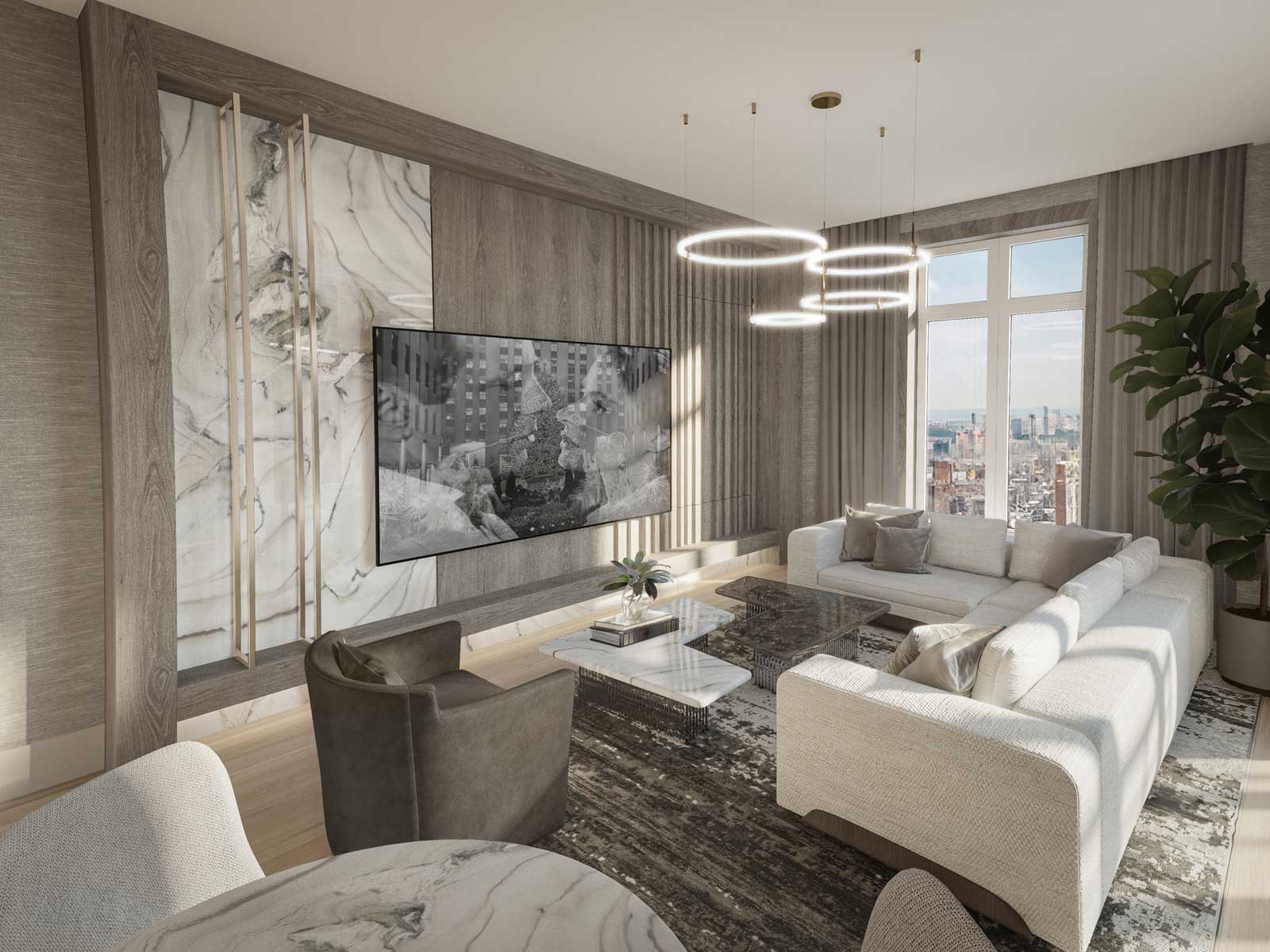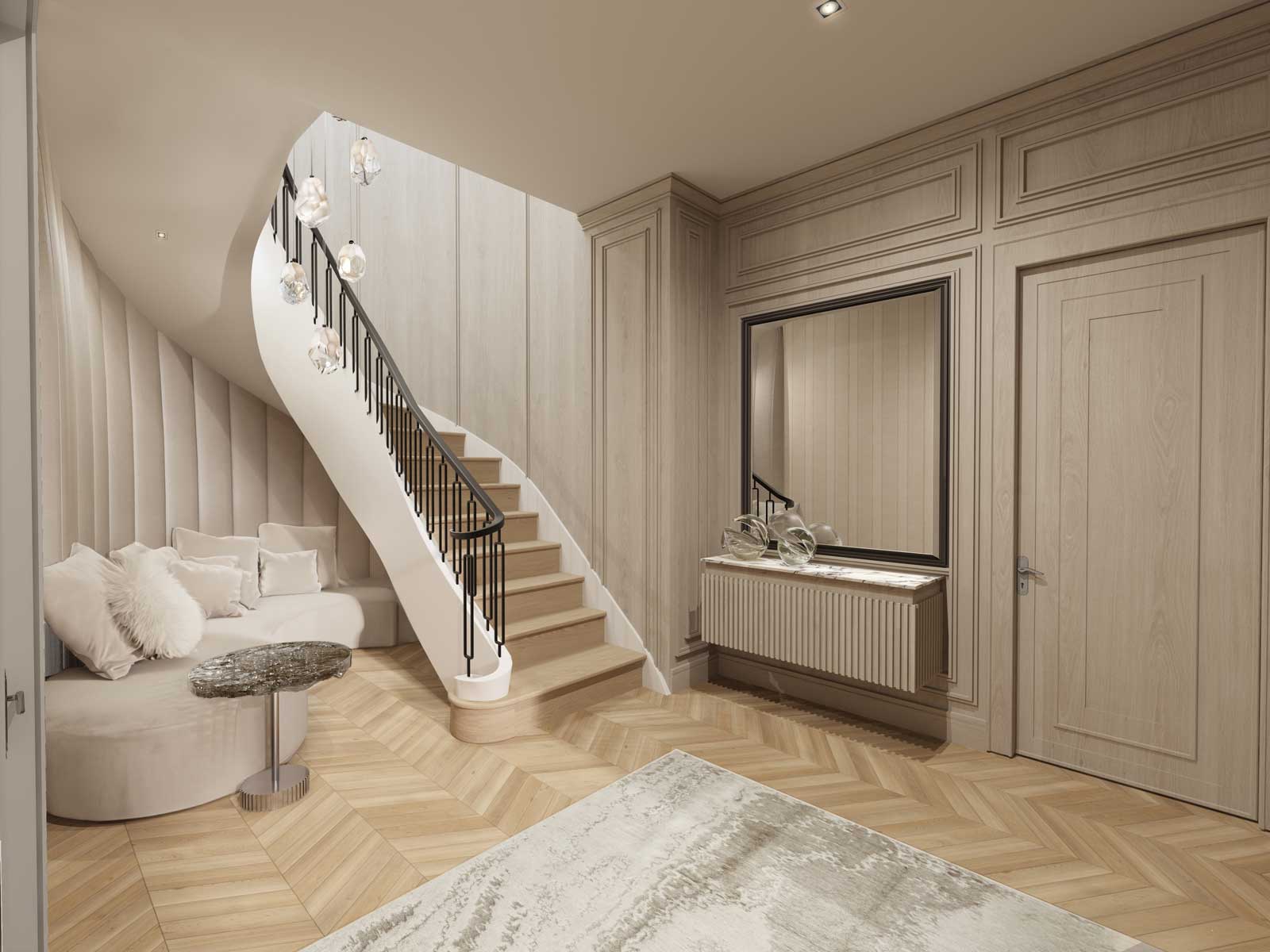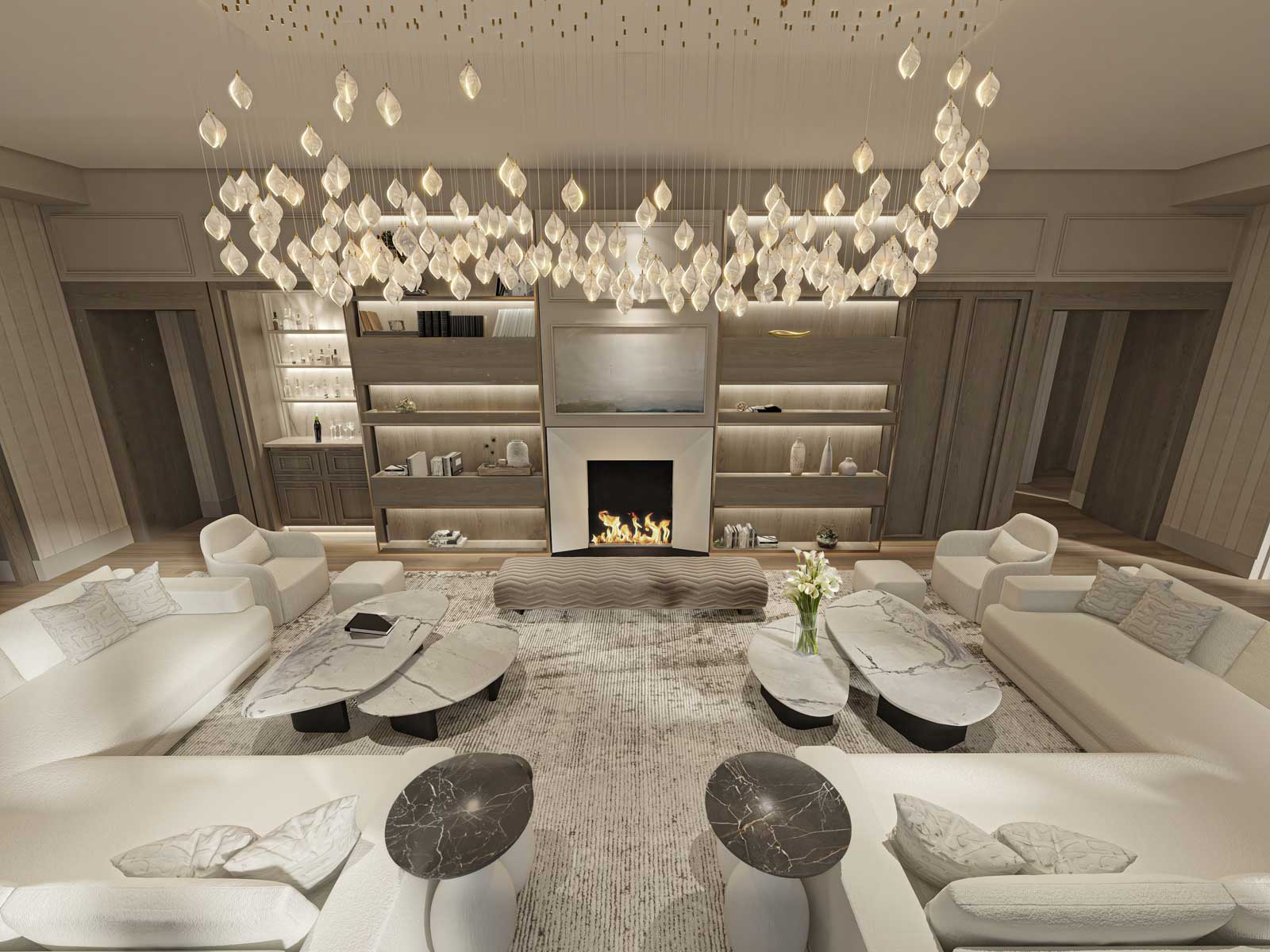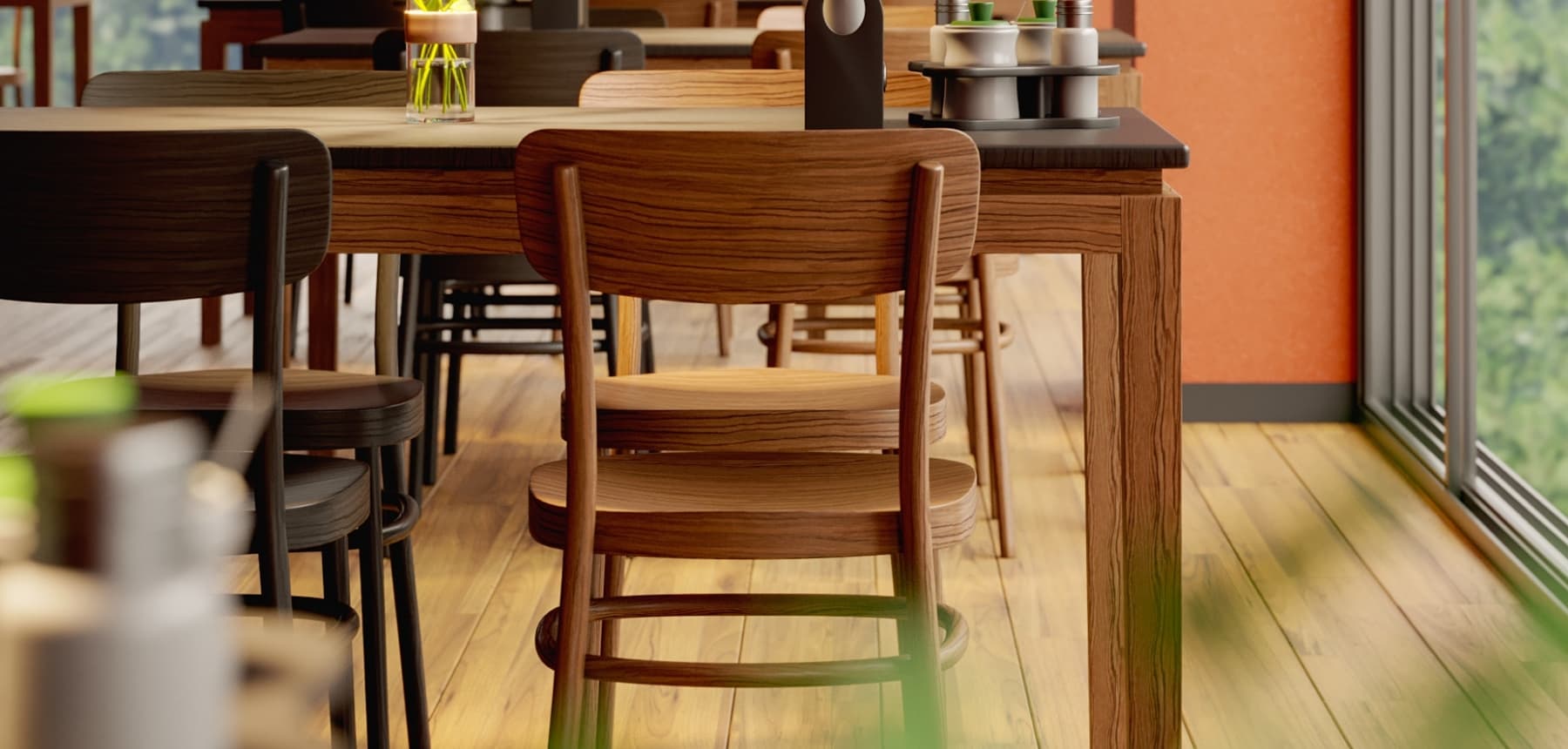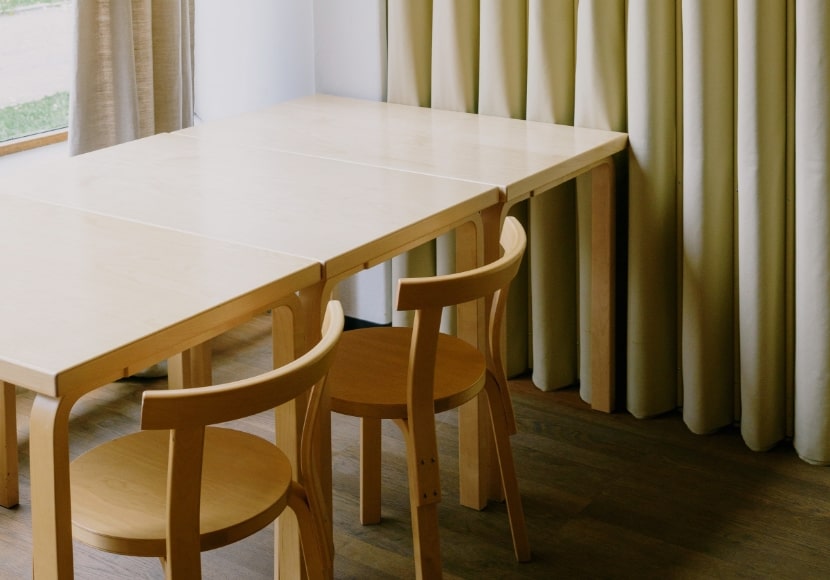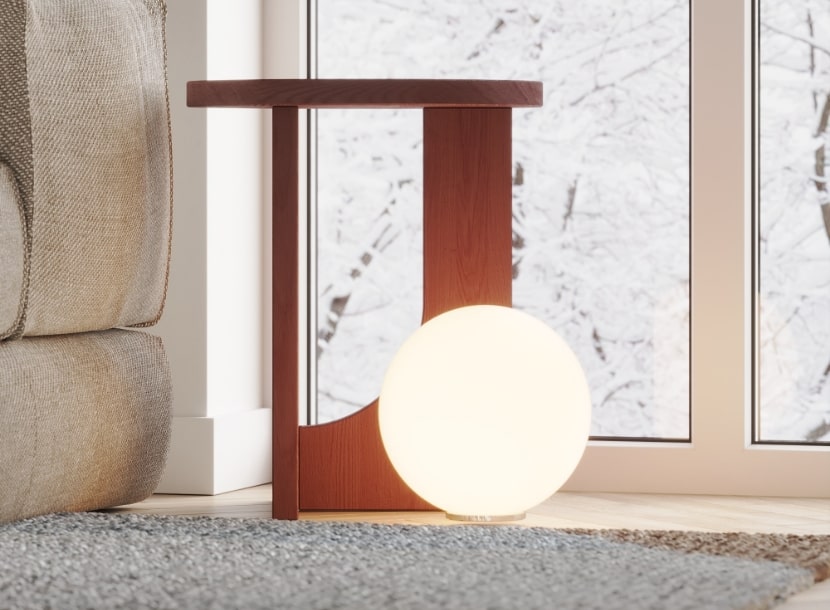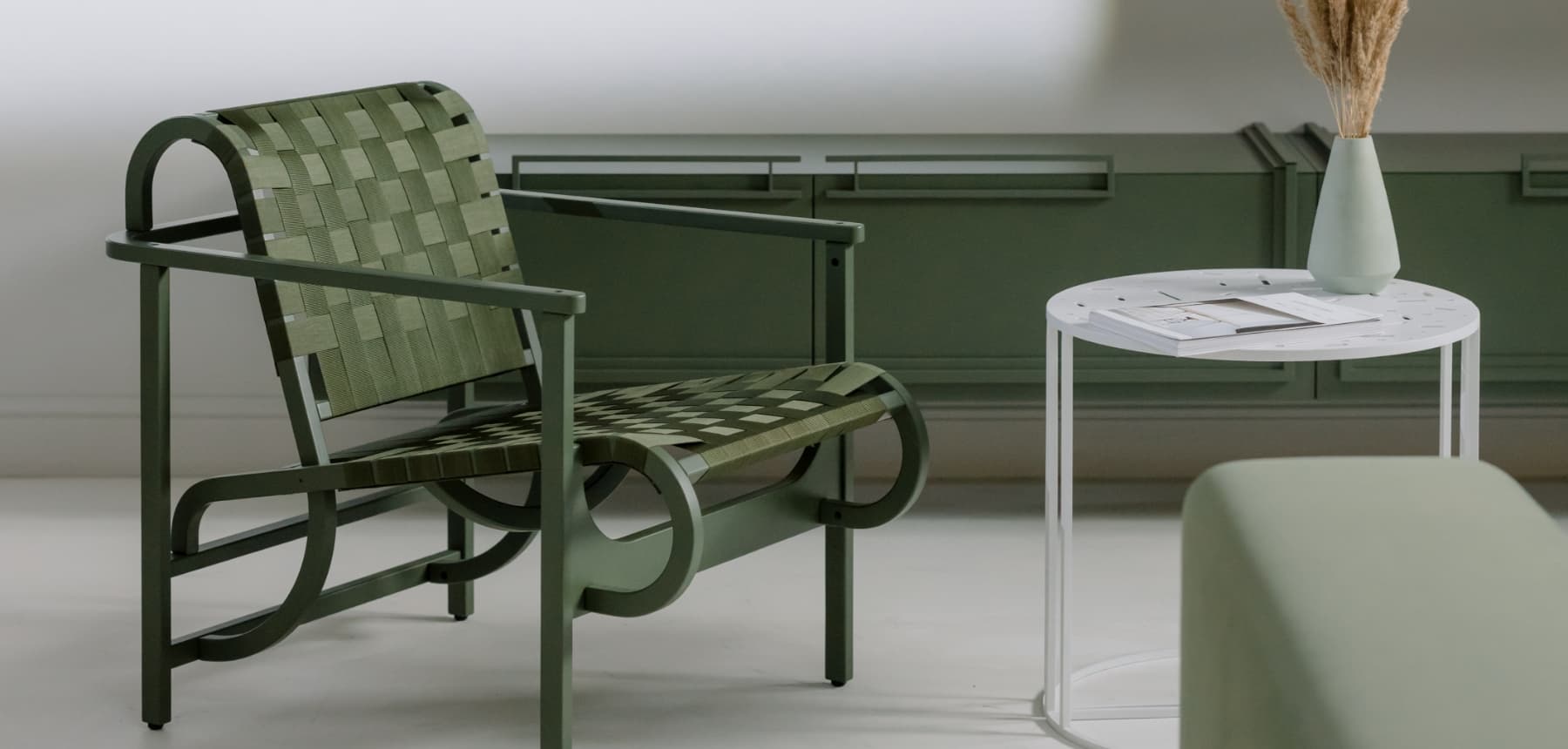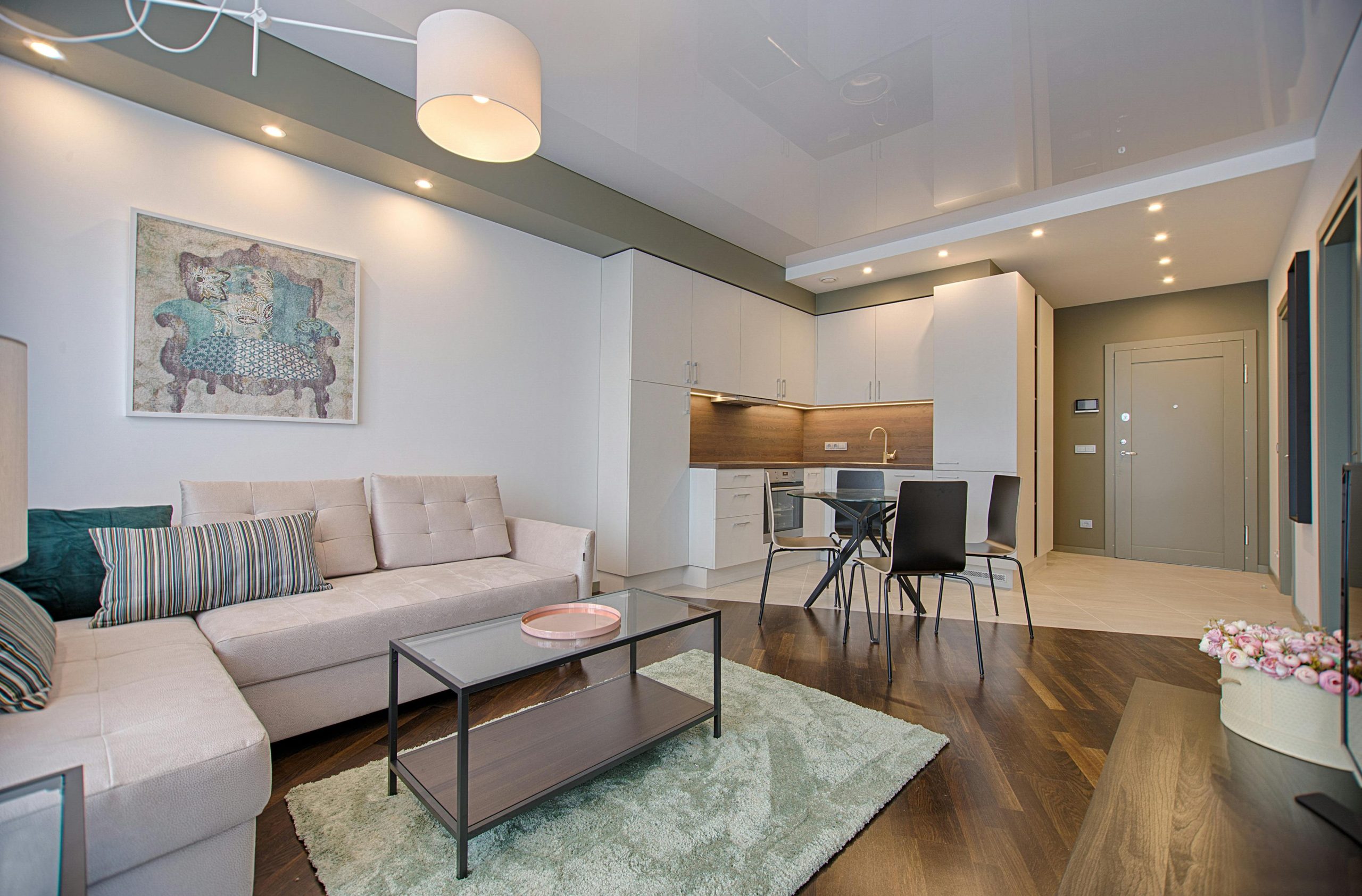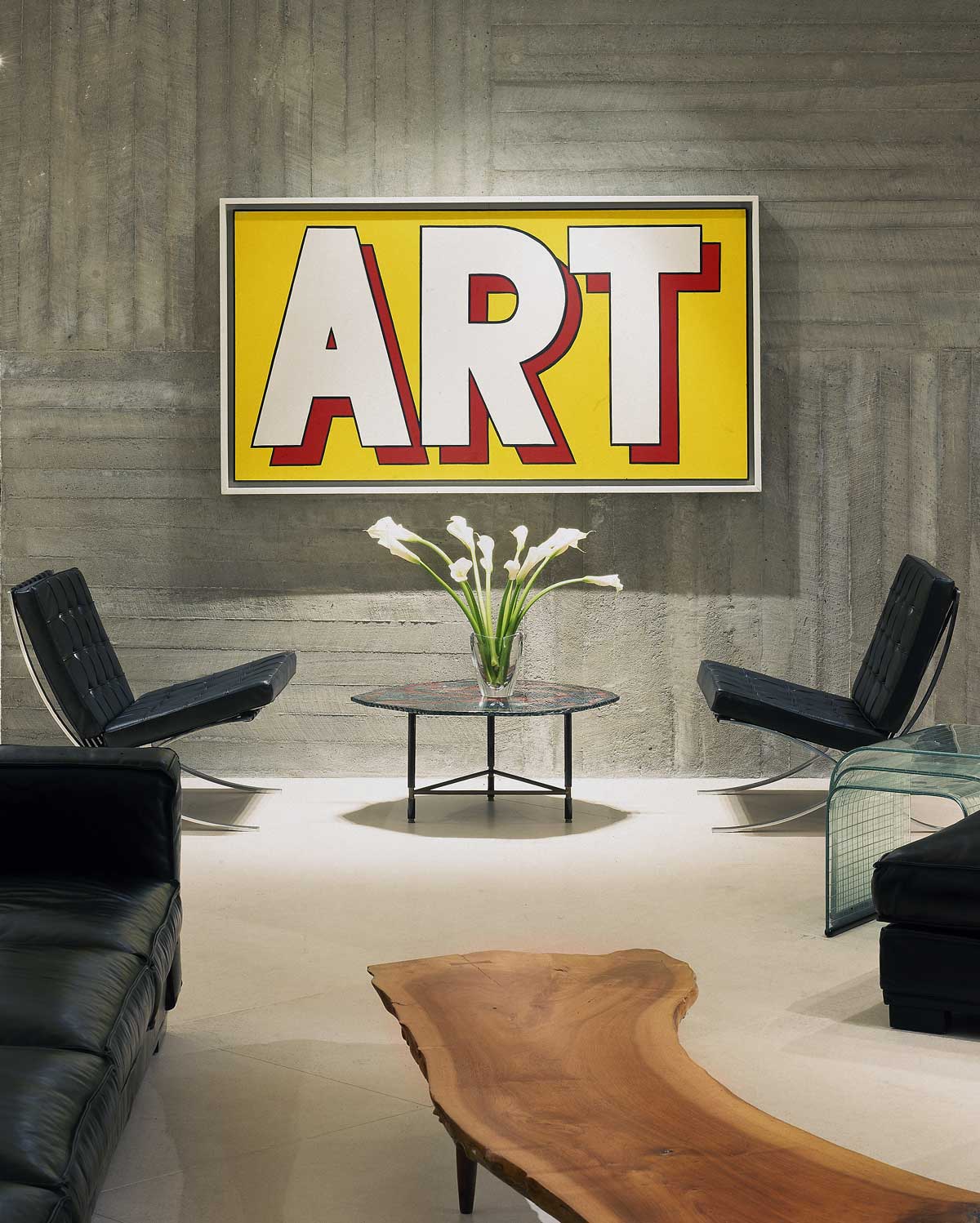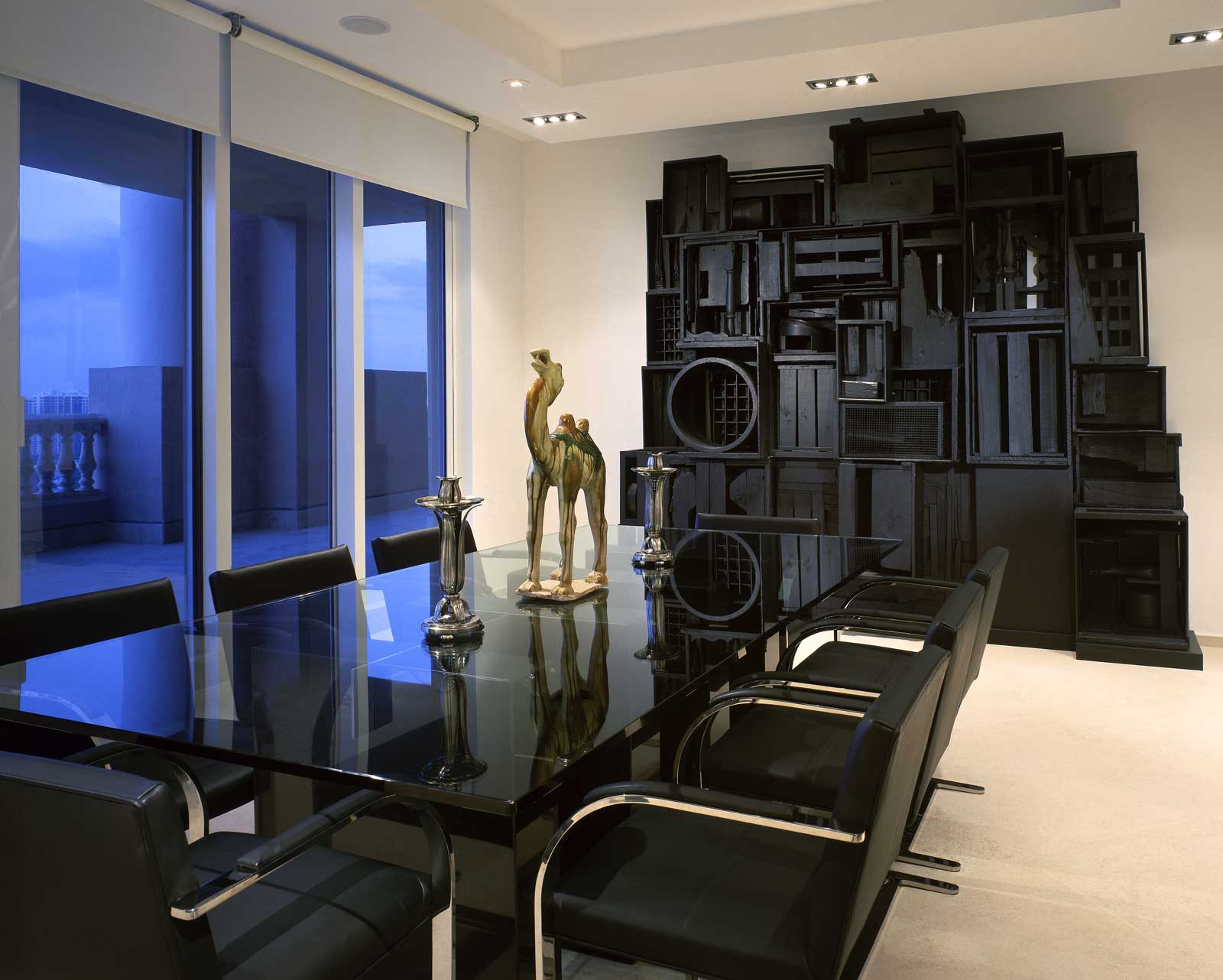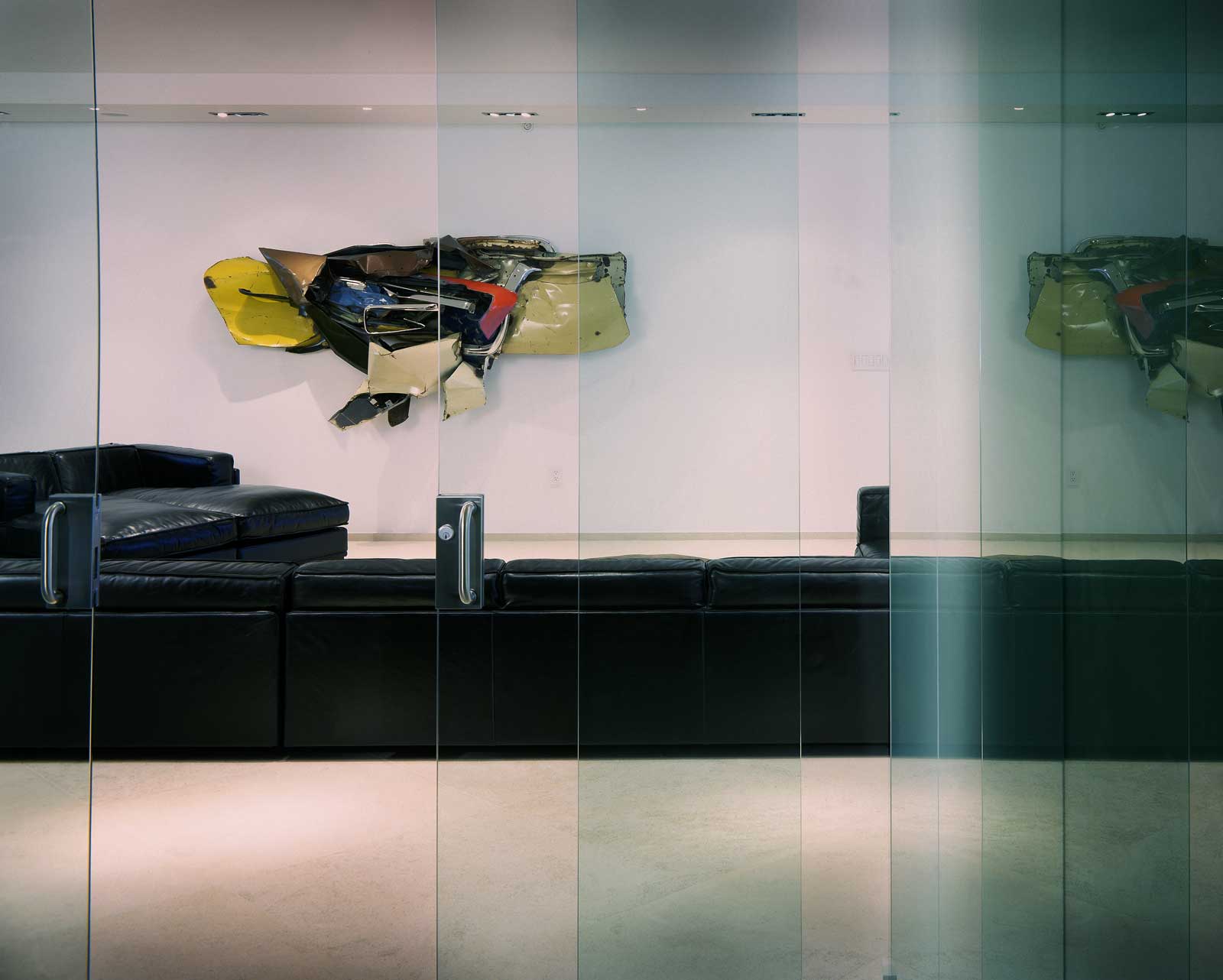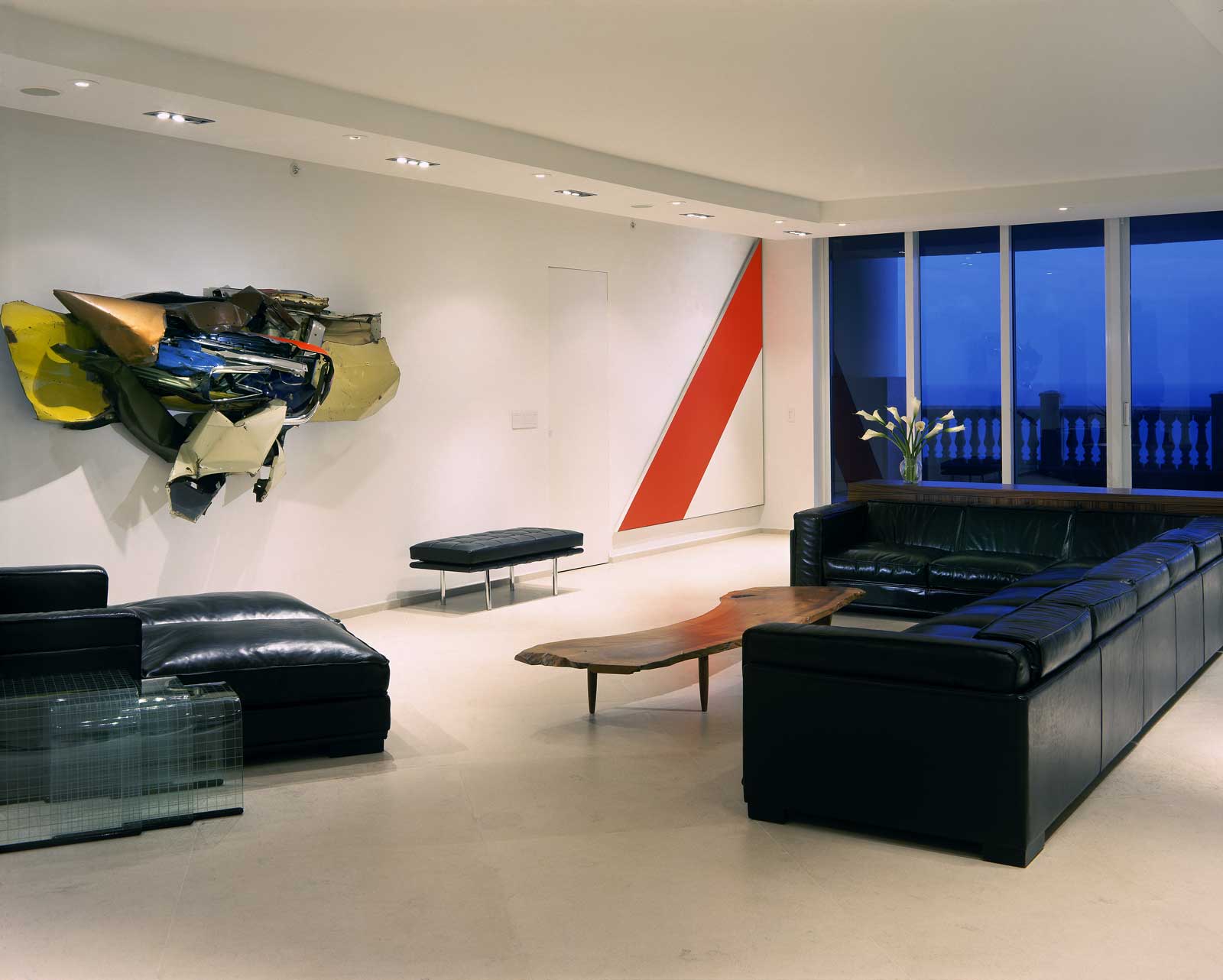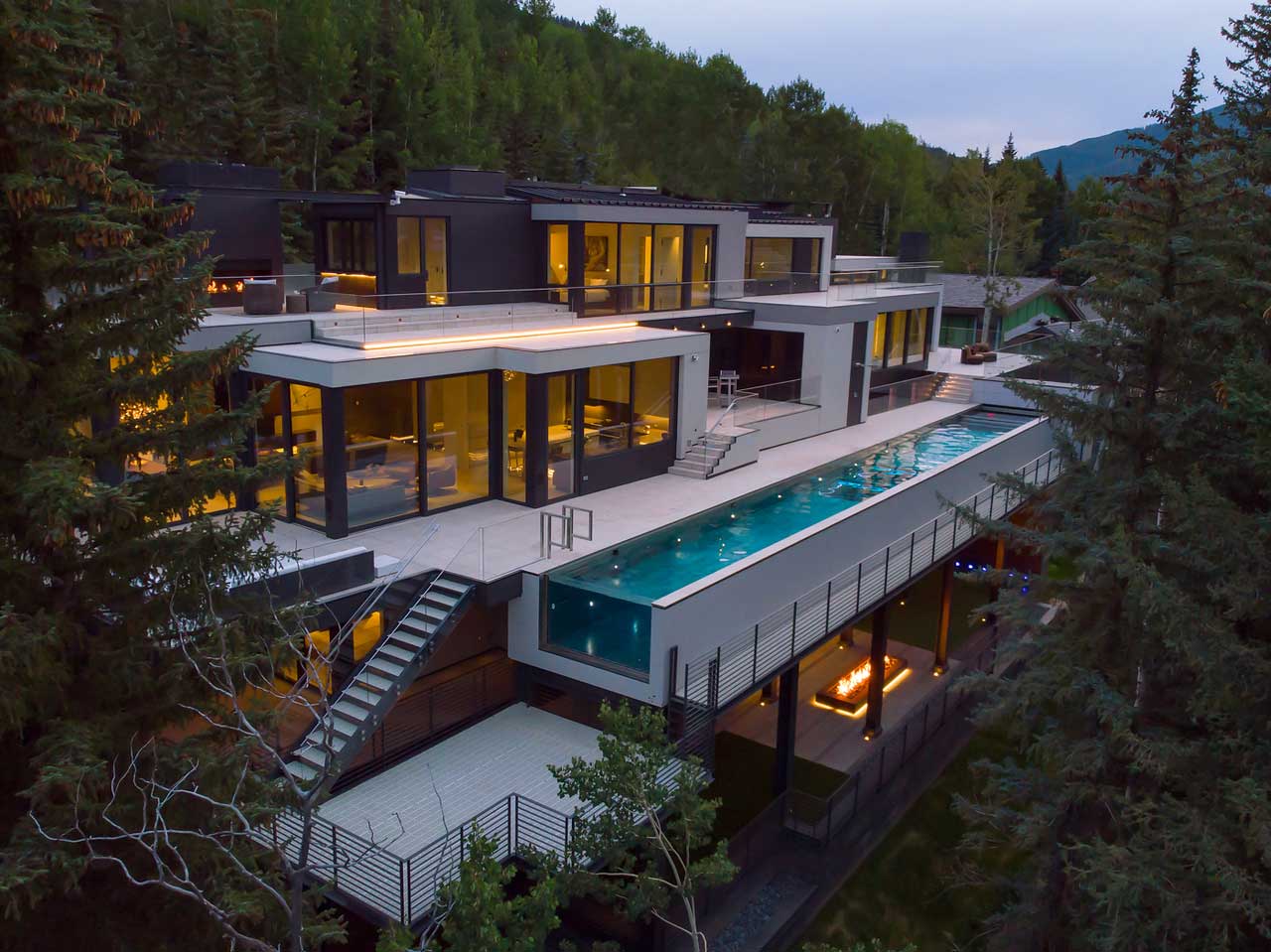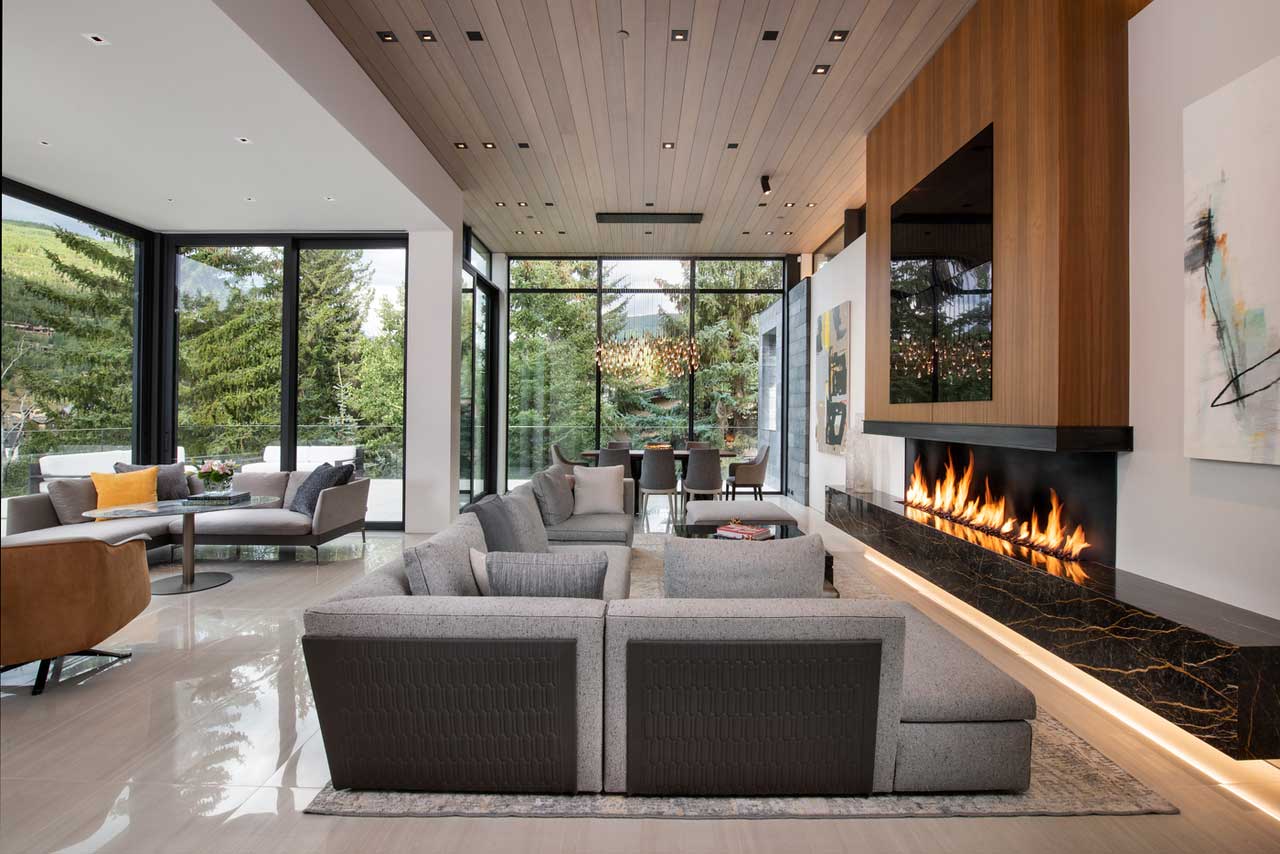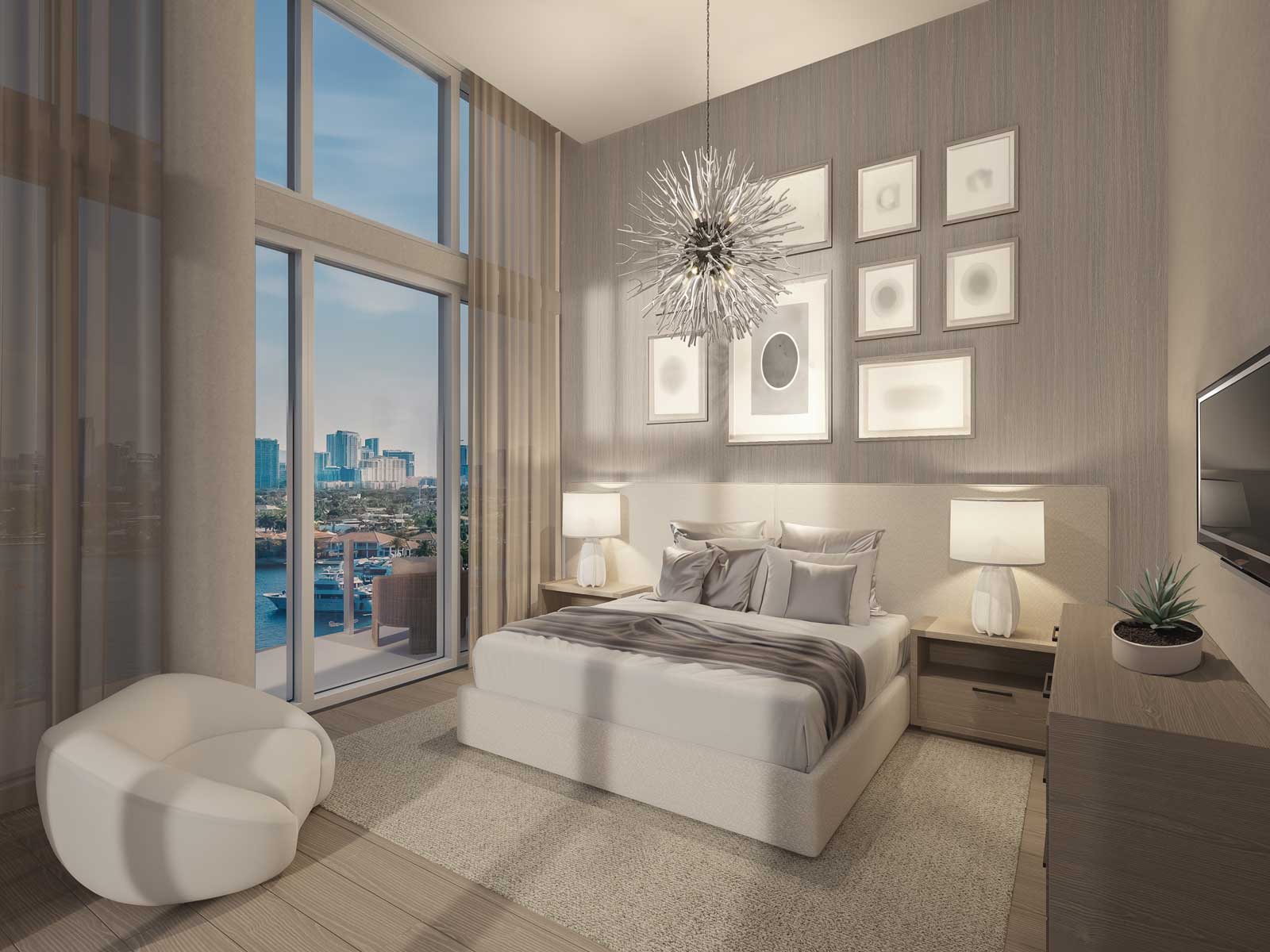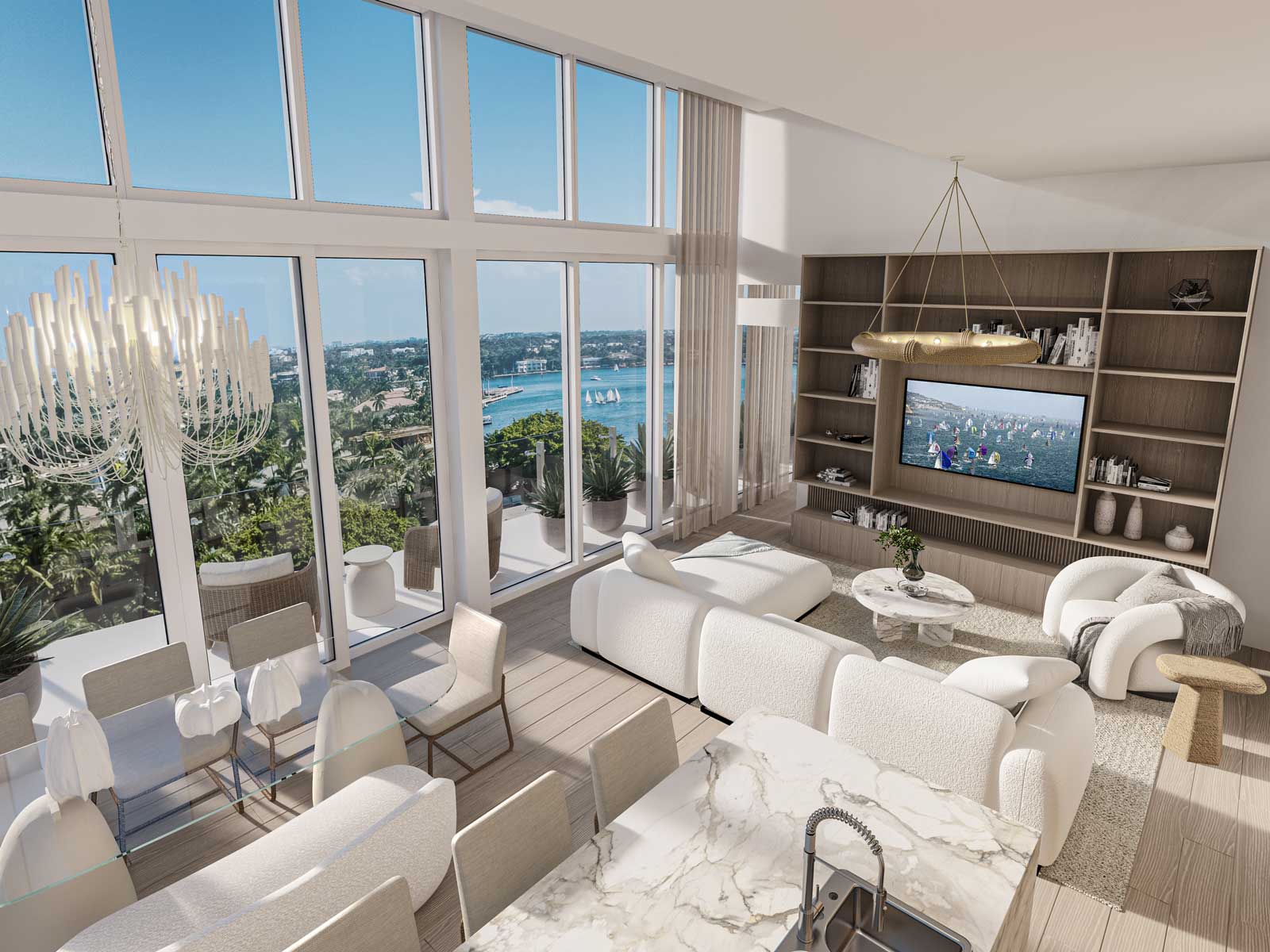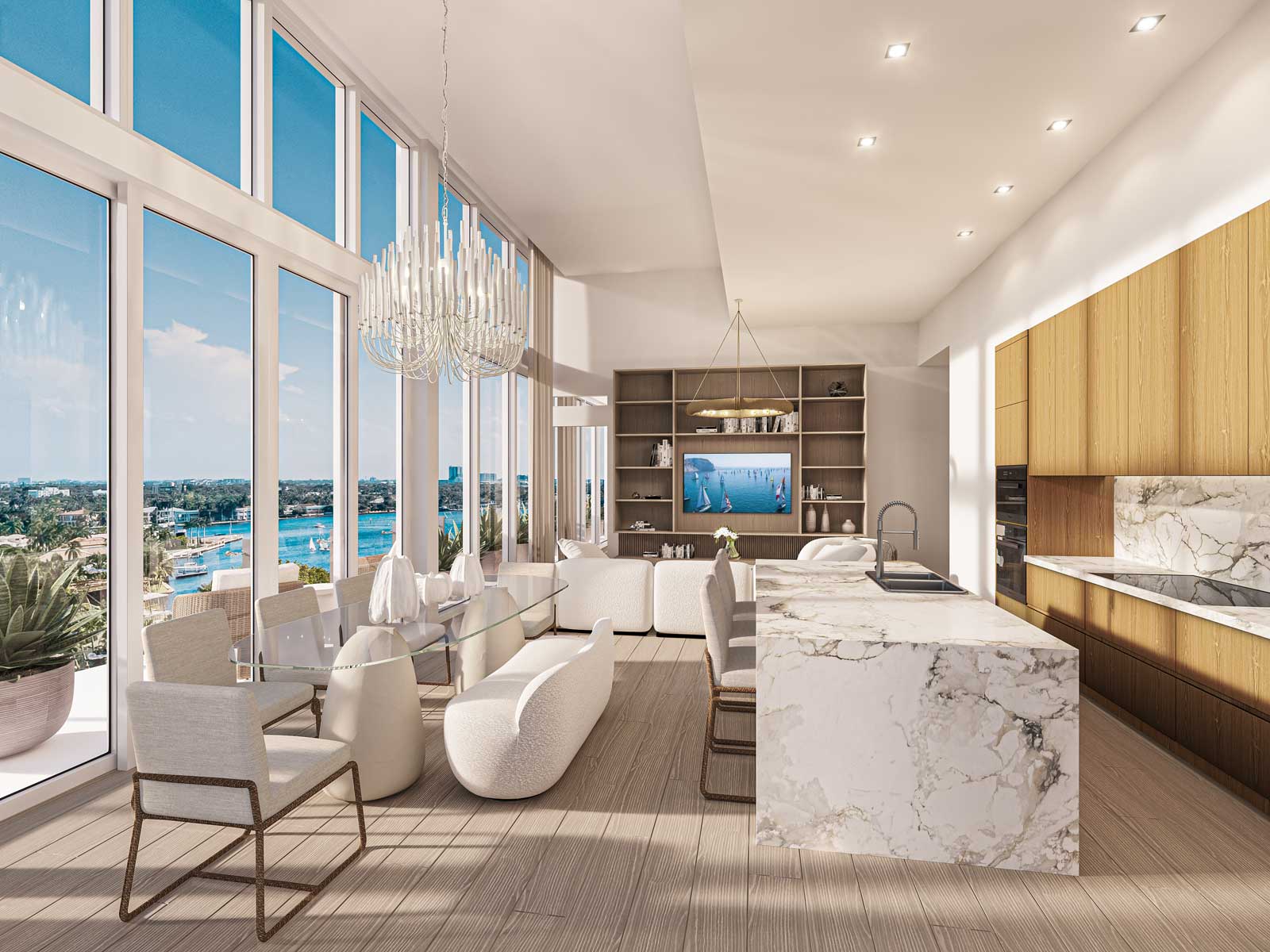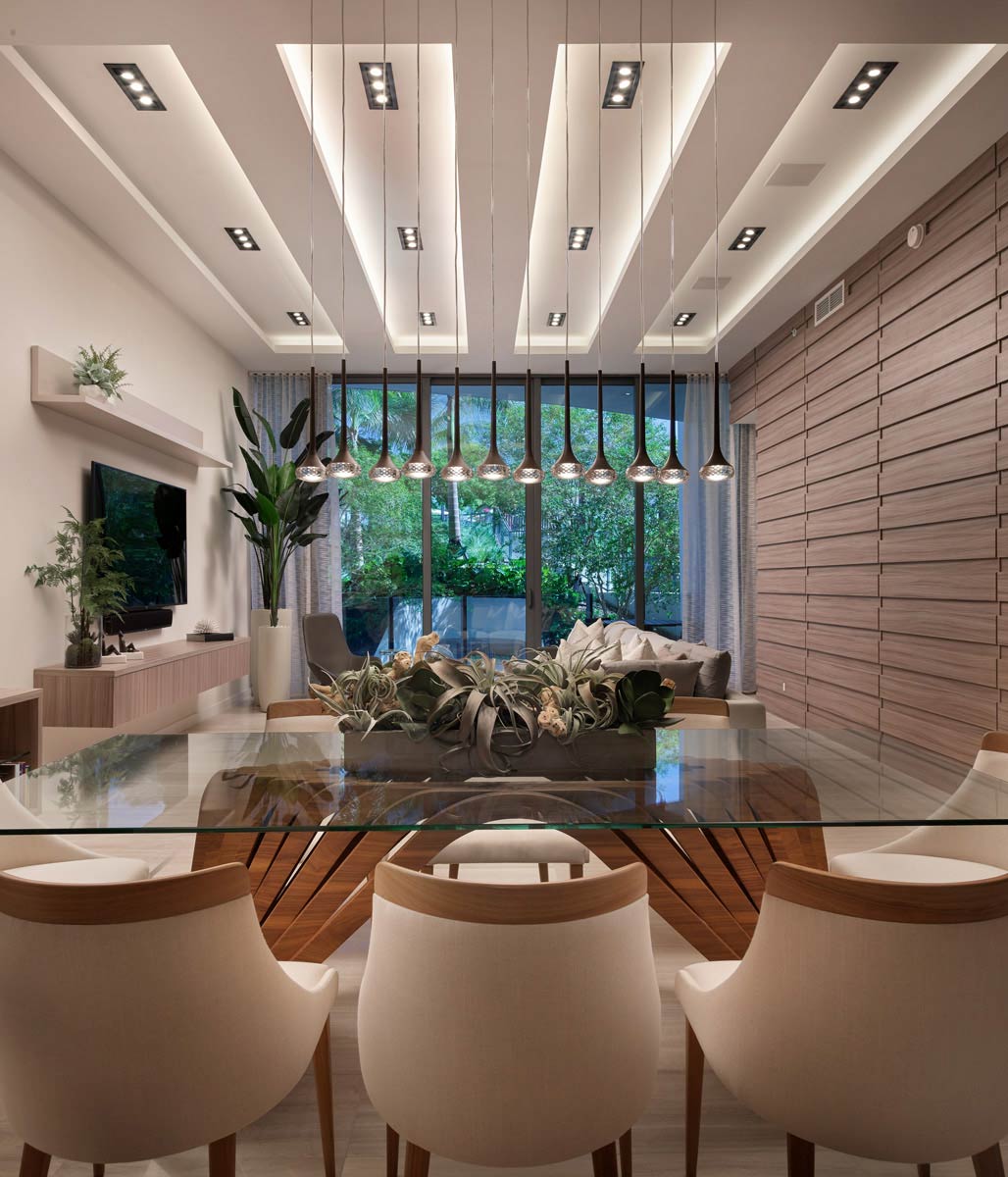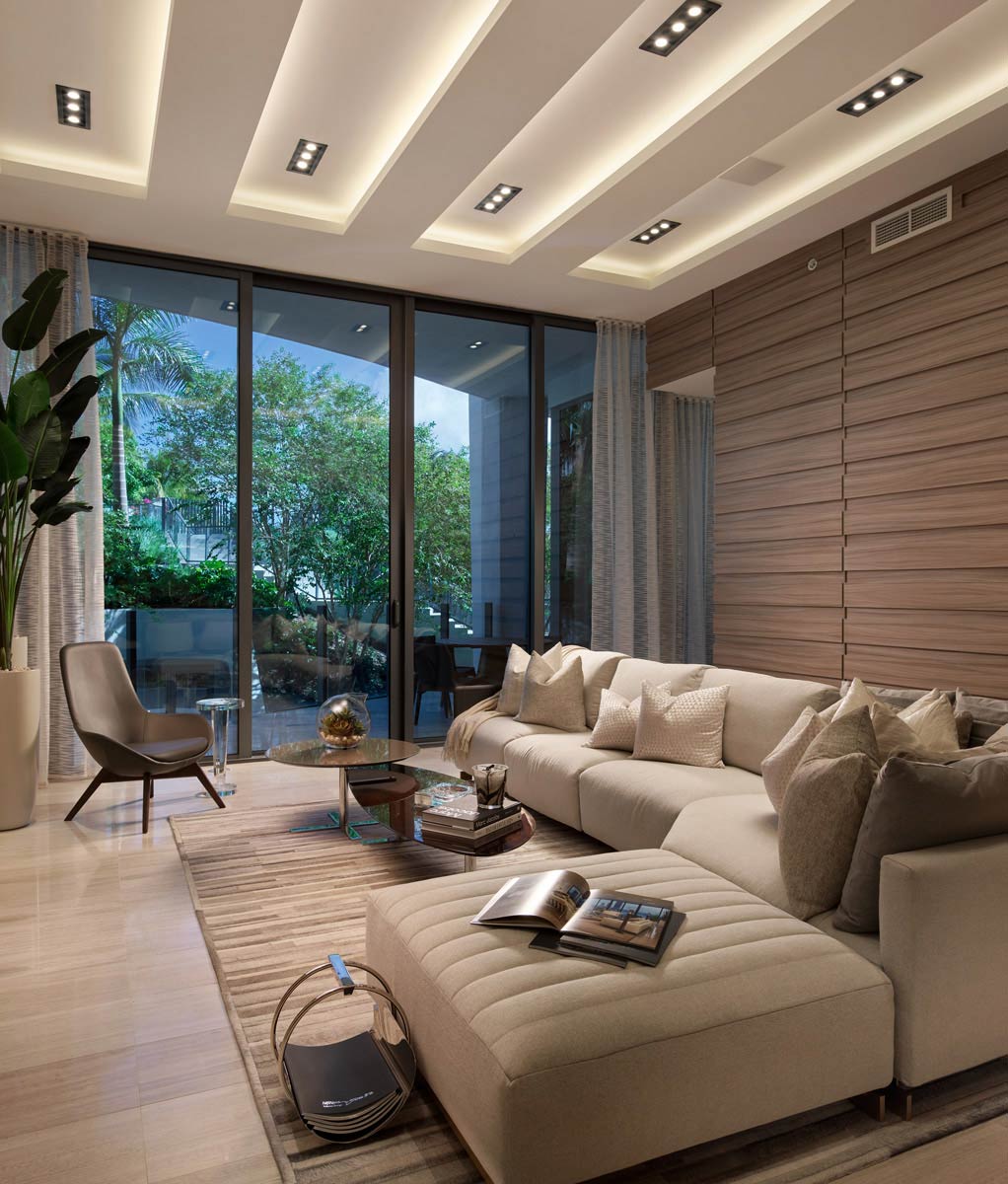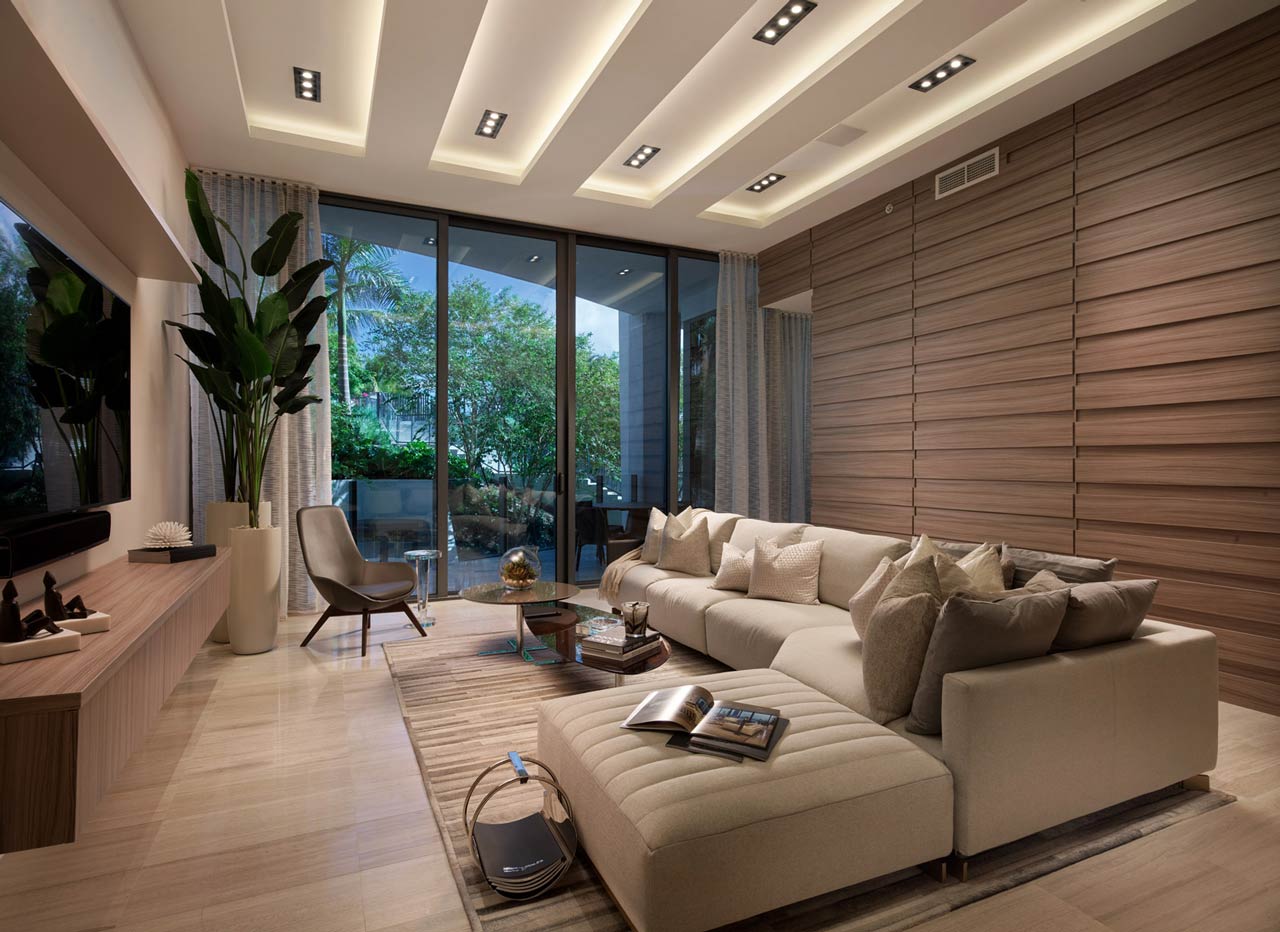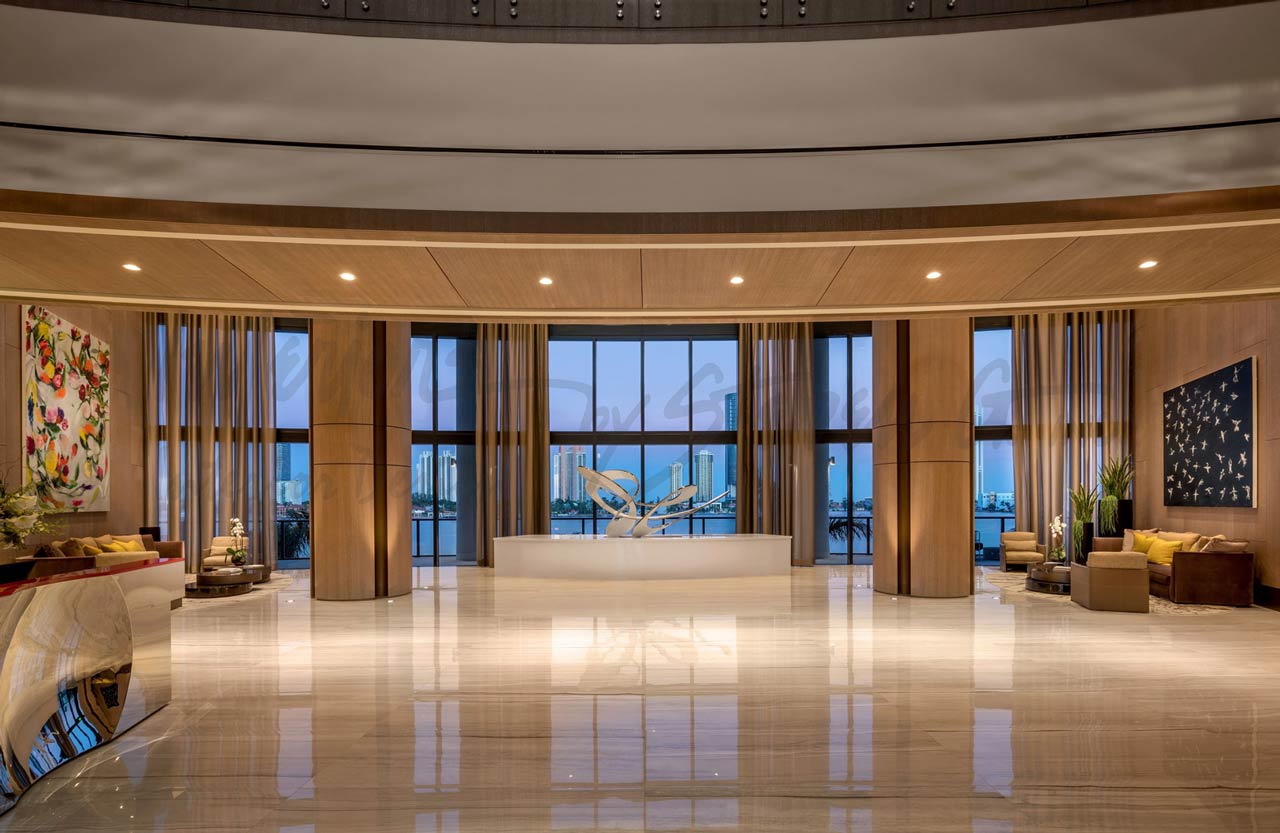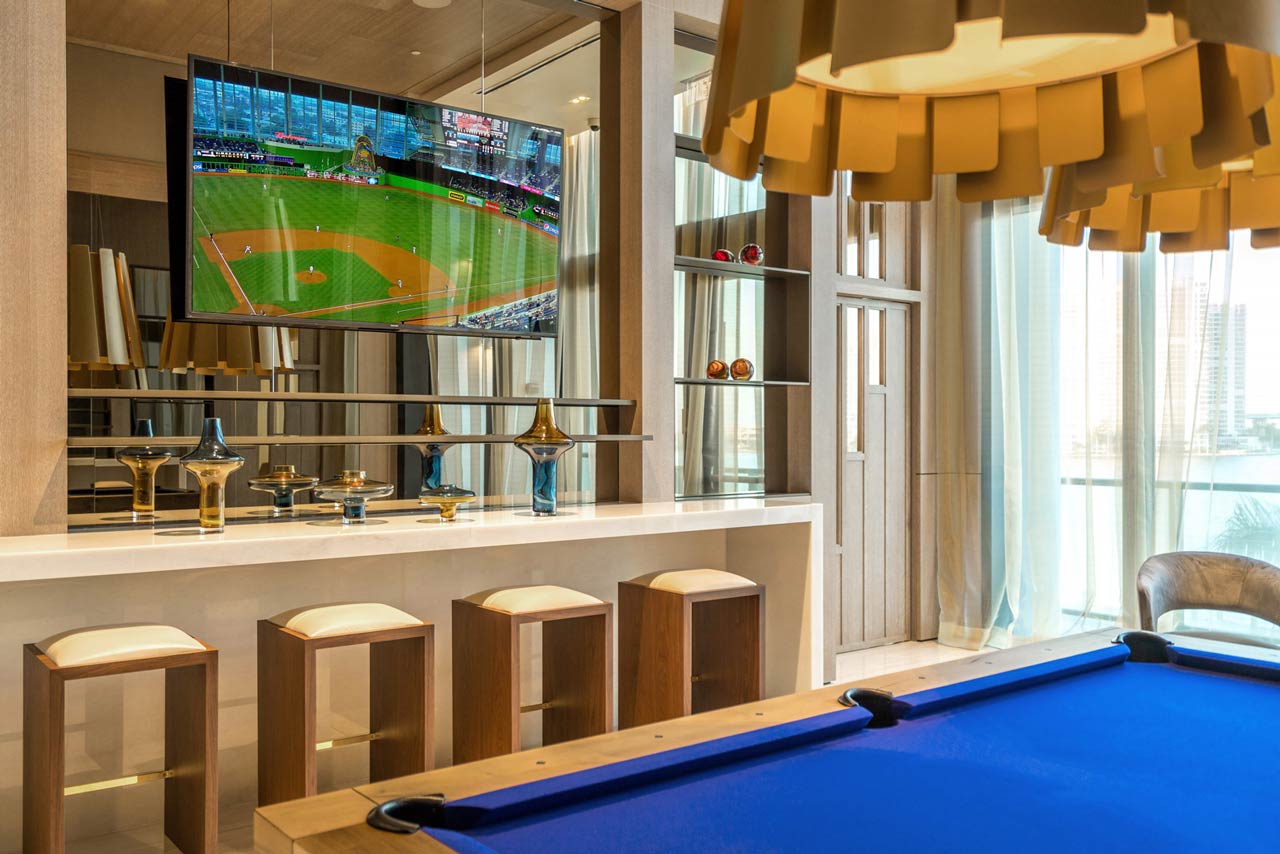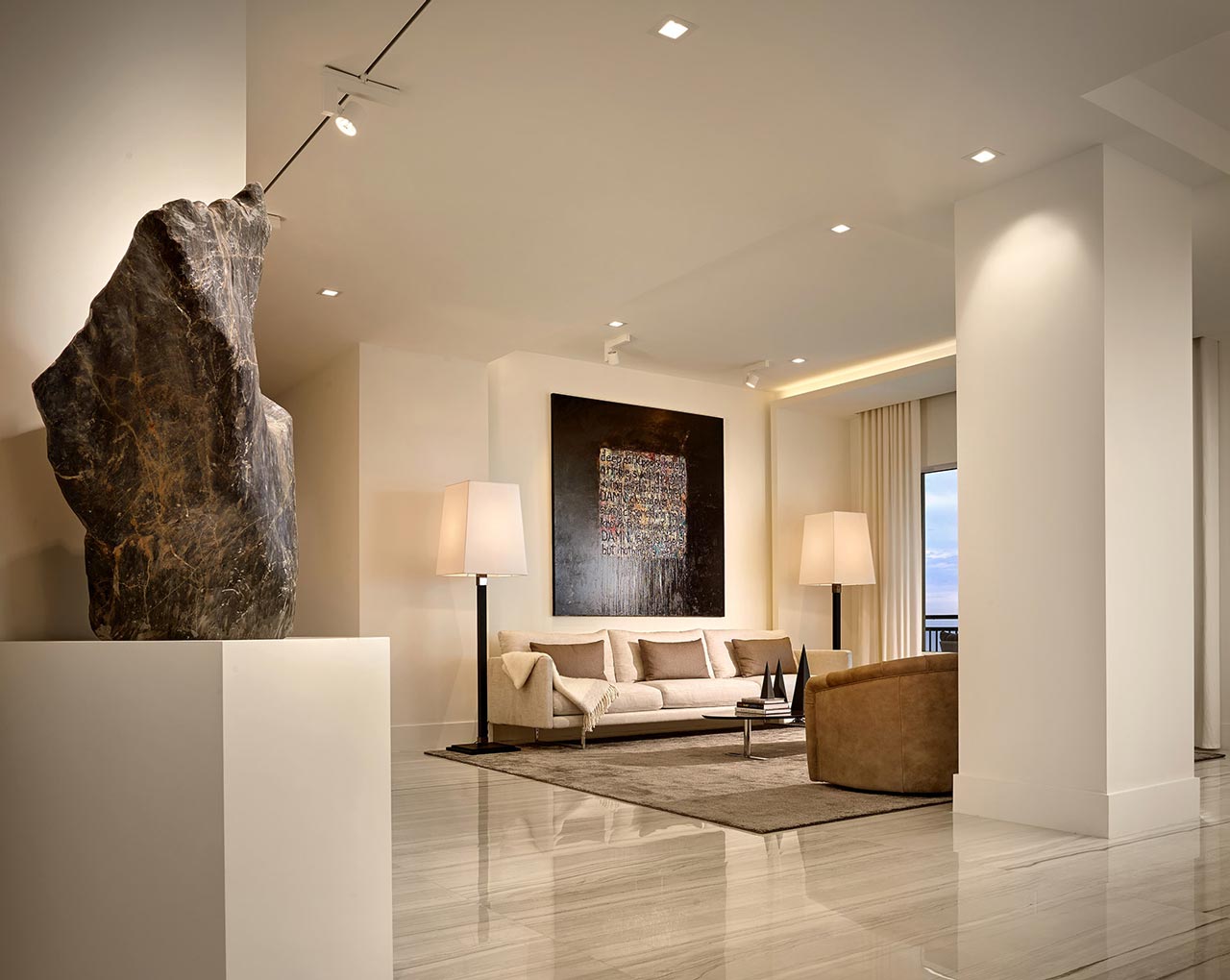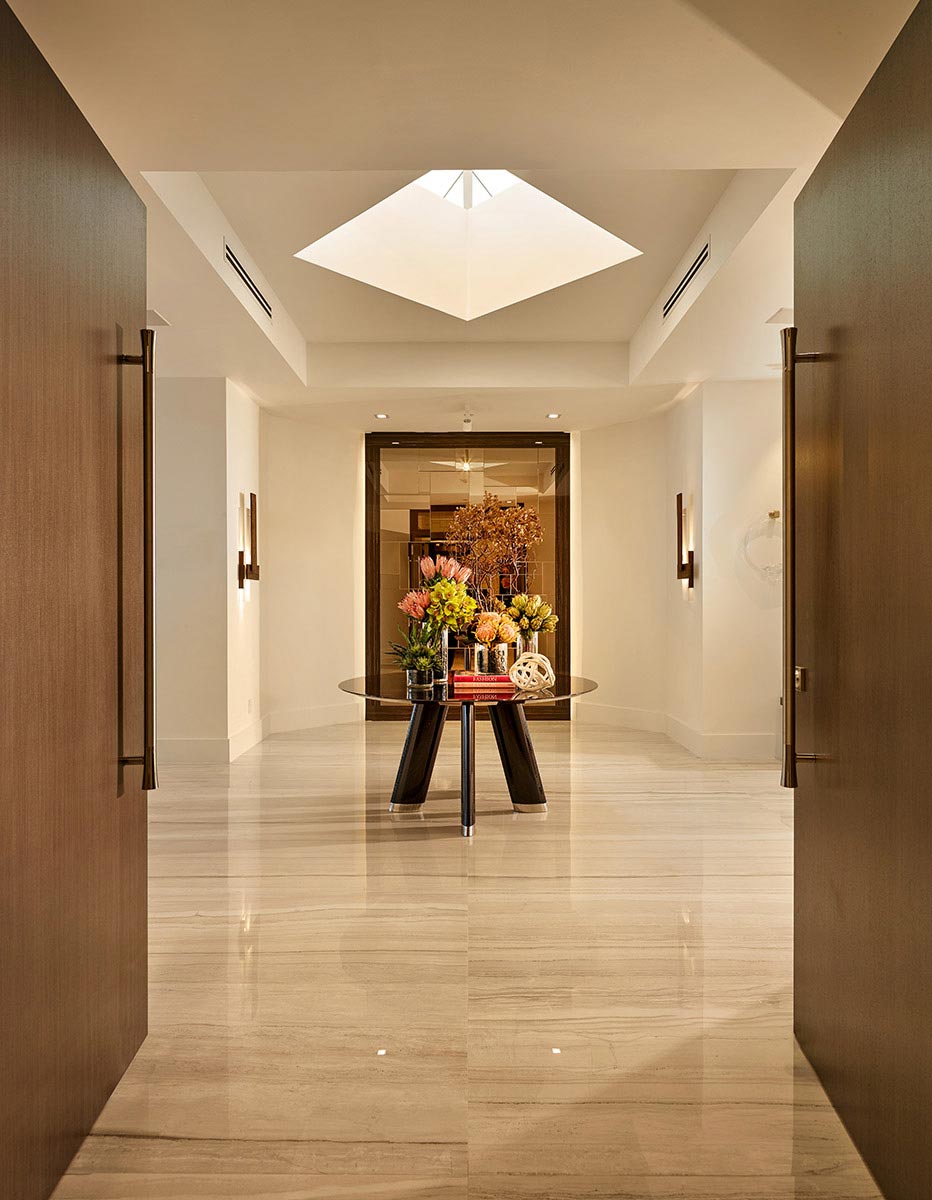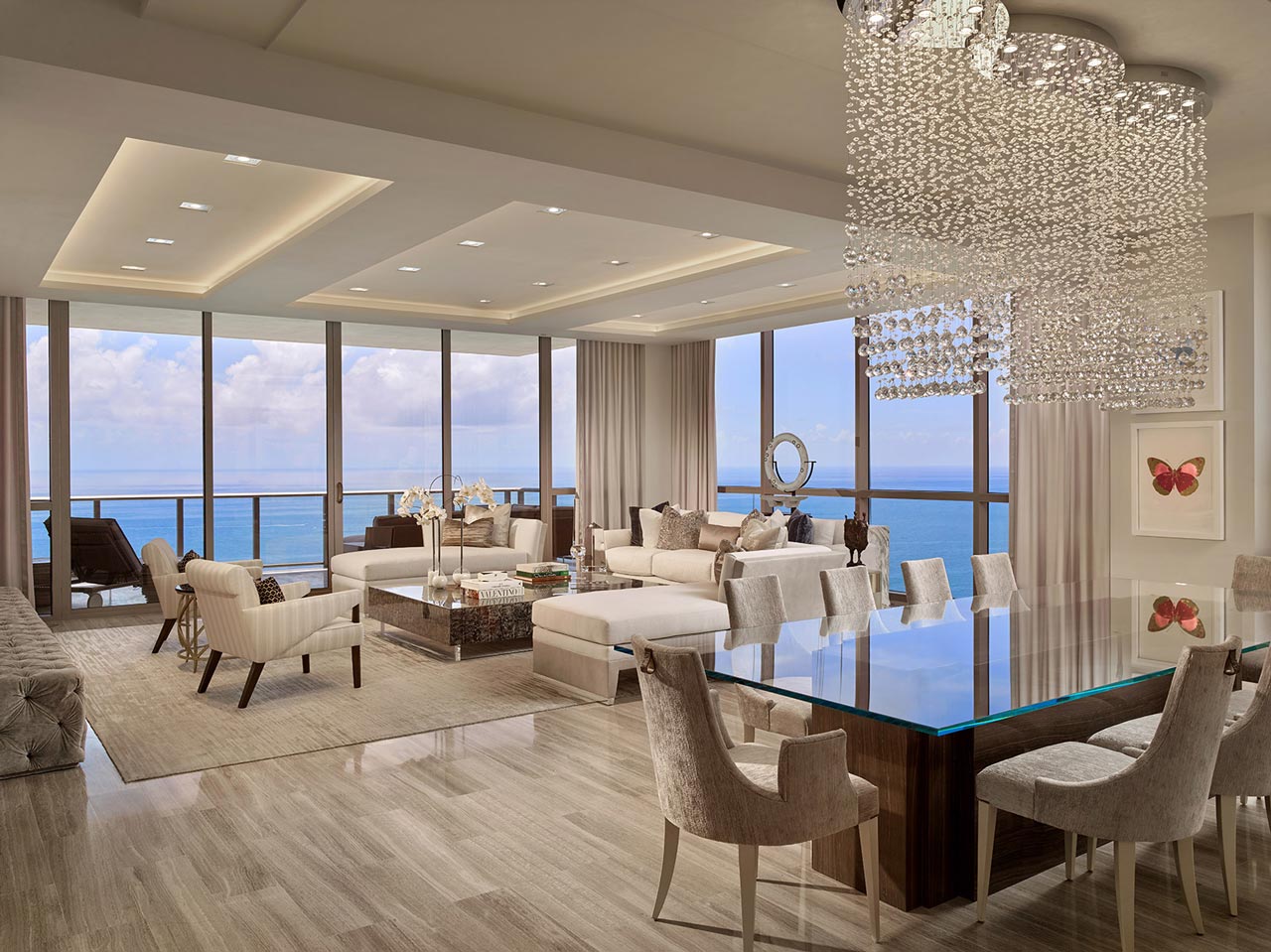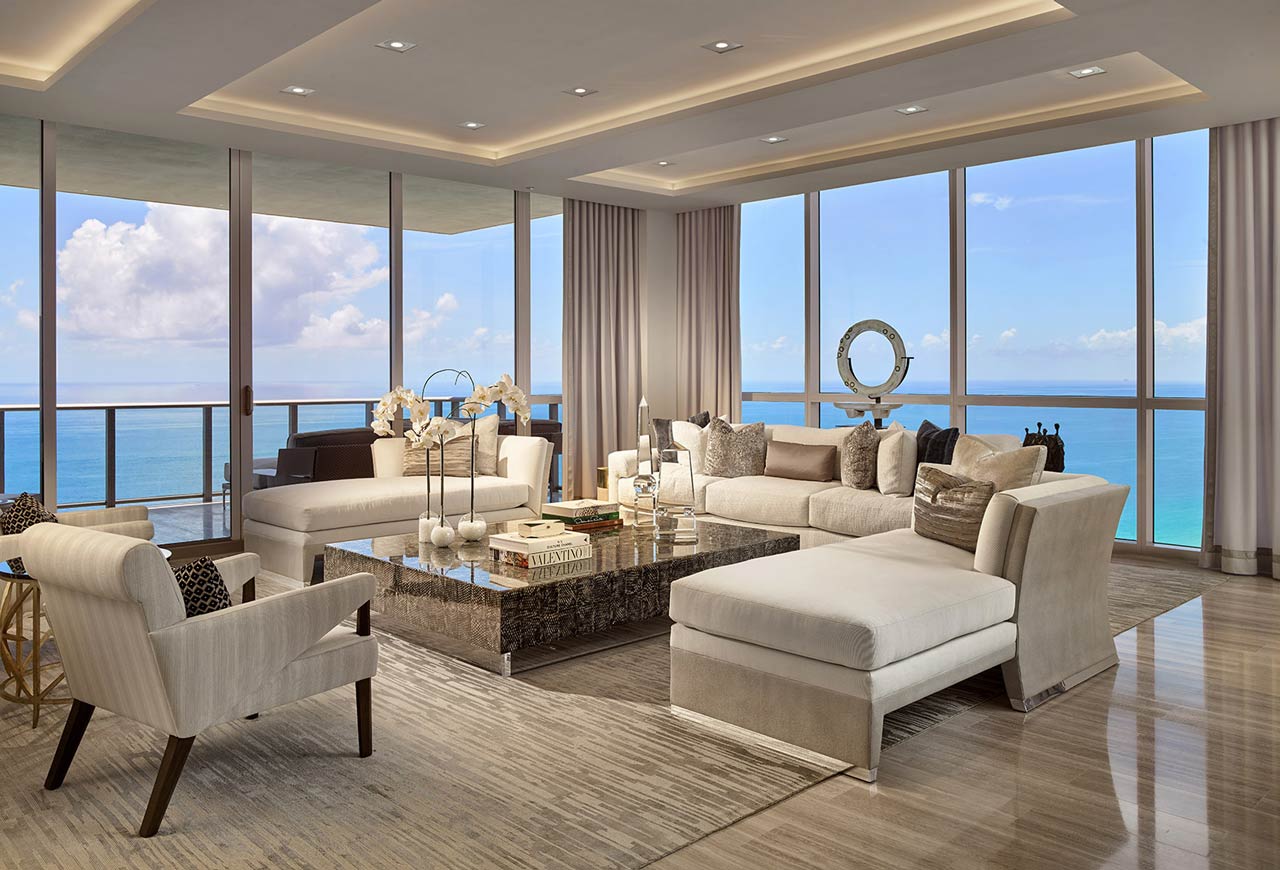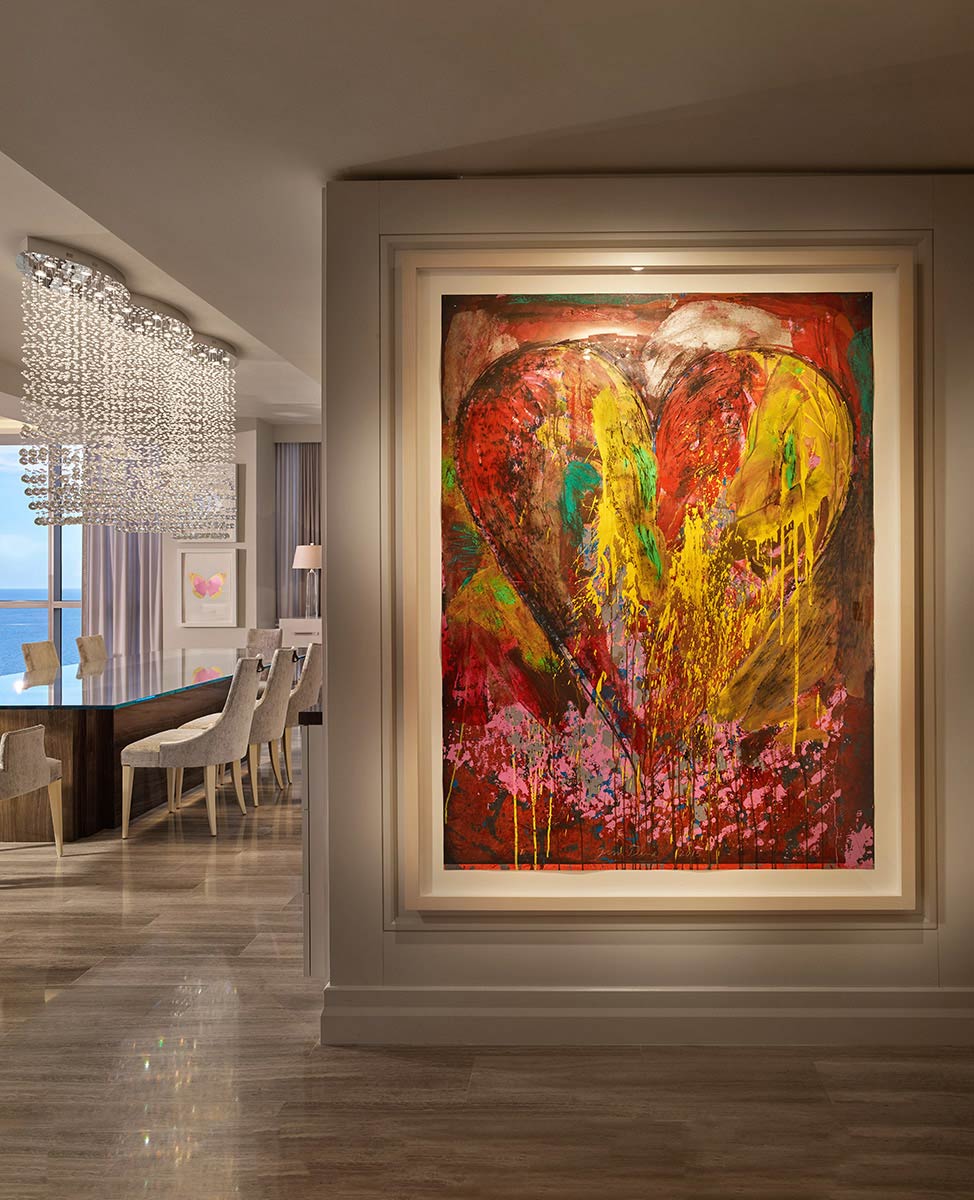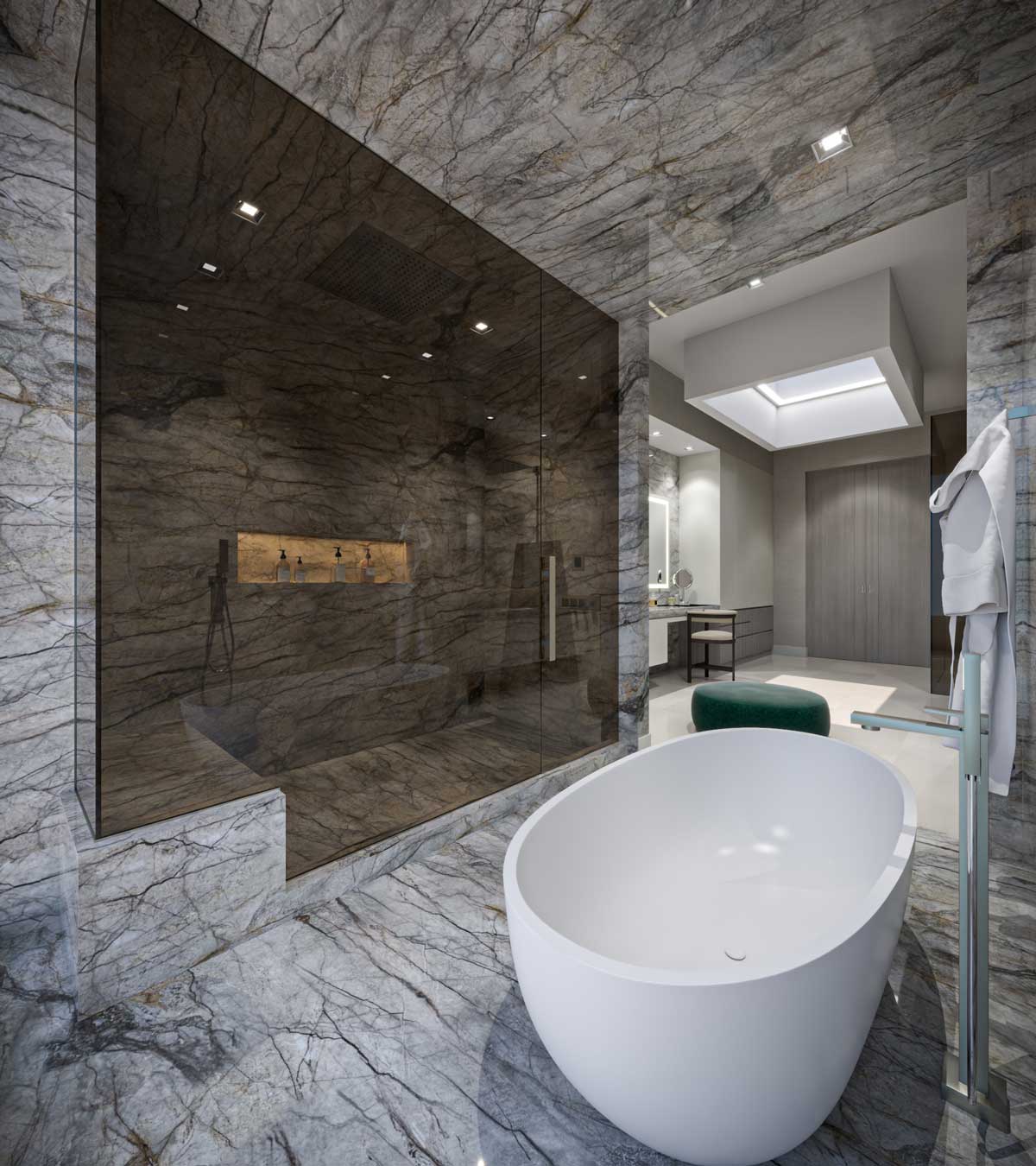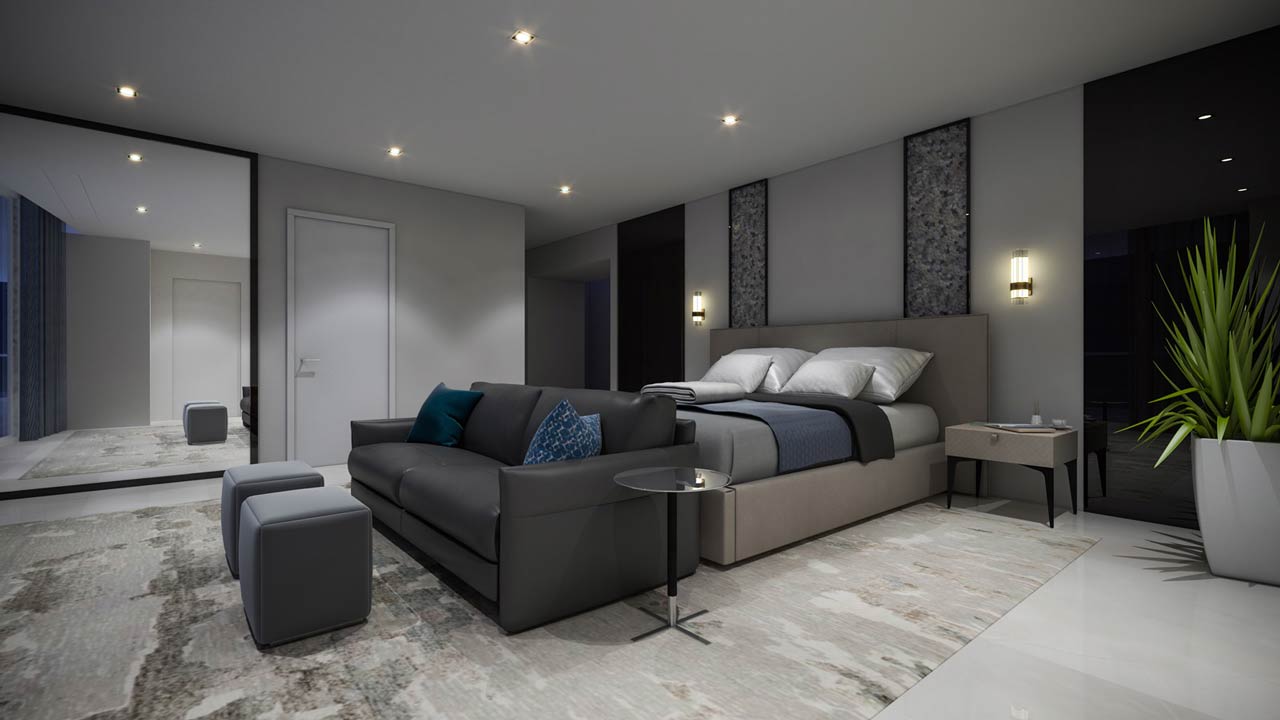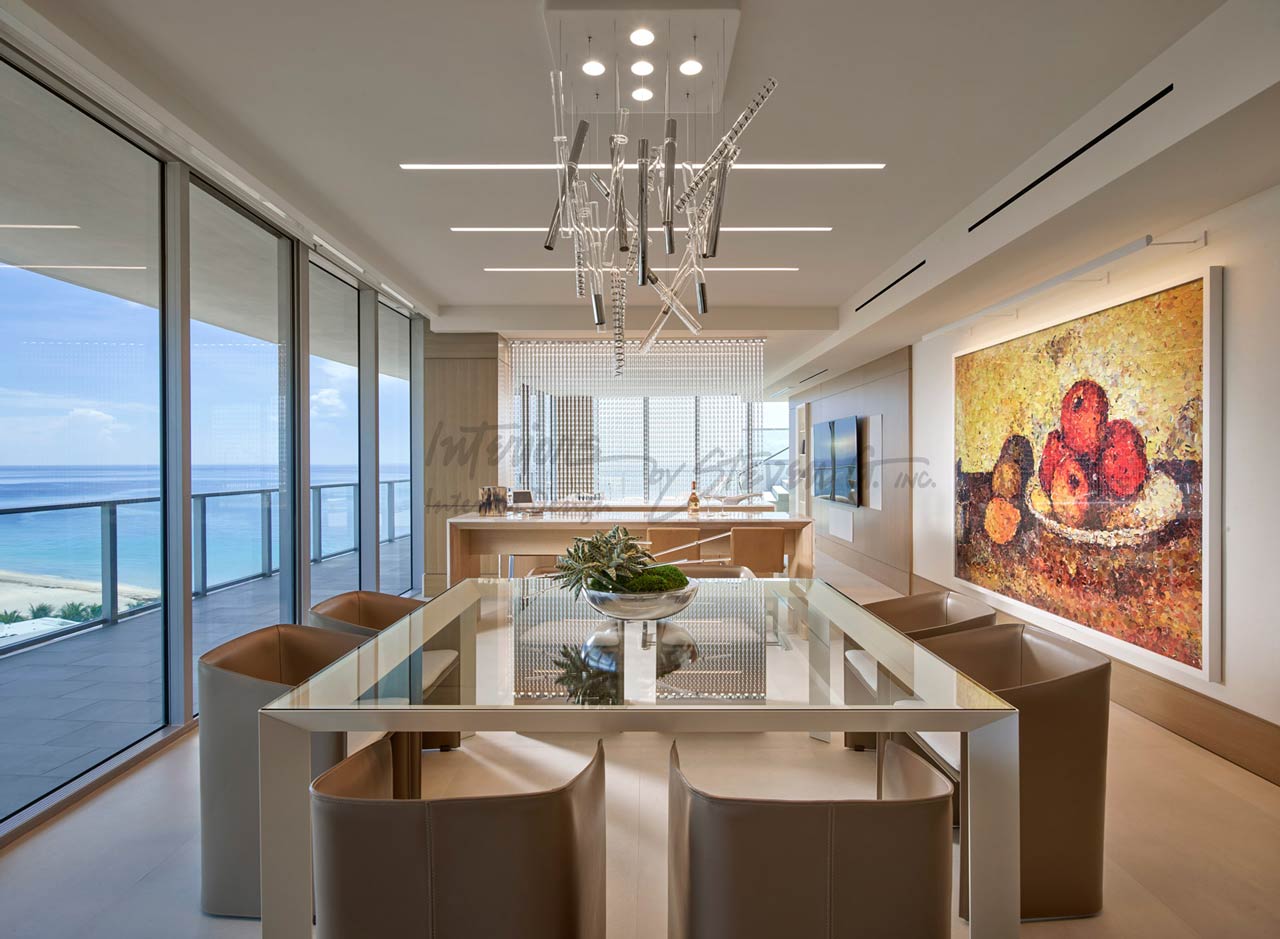There’s a transformative quality to light that goes beyond simple illumination. Walk into a room bathed in warm, thoughtfully placed lighting, and you immediately feel welcomed and comfortable. Enter a space with harsh, inadequate lighting, and even the most beautiful furnishings can feel cold and uninviting. This profound impact that lighting has on our experience of interior spaces makes it one of the most powerful tools in the design world.
Many people focus their attention on furniture, color palettes, and decorative elements when planning their interiors, often treating lighting as an afterthought. Yet professional designers understand that lighting serves as the invisible architecture of a room, shaping how we perceive space, influencing our moods, and determining whether a design truly comes alive or falls flat. The interplay between light and shadow, the way illumination highlights textures and colors, and the atmosphere created by different lighting approaches all contribute to environments that feel complete and purposeful.
Understanding the Layers of Light
Sophisticated interior lighting rarely comes from a single source. Instead, it involves layering different types of illumination to create depth, flexibility, and visual interest throughout a space. This layered approach allows rooms to adapt to various activities and moods while maintaining a cohesive design aesthetic.
Ambient Lighting: The Foundation
Ambient lighting forms the base layer of illumination in any room, providing the overall brightness that allows you to navigate and use the space comfortably. Think of it as the general wash of light that fills a room, replacing natural daylight when needed and establishing the fundamental visibility level.
This foundational layer often comes from ceiling fixtures, recessed lighting, or larger decorative pieces that cast light broadly throughout the space. The quality of ambient lighting sets the tone for everything else in the room. Too dim, and a space feels gloomy and unwelcoming. Overly bright, and it can feel sterile or institutional. The goal is finding that balanced middle ground where a room feels naturally lit and comfortable.
In living rooms, ambient lighting might come from a central chandelier or pendant combined with recessed ceiling lights. In bedrooms, it could be flush-mount fixtures paired with natural light from windows. Kitchens often rely on a combination of ceiling fixtures and under-cabinet lighting to provide even, shadow-free illumination across work surfaces.
Task Lighting: Purposeful Illumination
While ambient lighting handles general visibility, task lighting brings focused brightness to specific areas where activities requiring clear sight occur. This targeted approach ensures that reading, cooking, working, or grooming can happen comfortably without eye strain or shadows interfering with the work at hand.
Task lighting appears in countless forms throughout the home. A reading lamp beside a favorite chair provides concentrated light for extended reading sessions. Pendant lights hung over kitchen islands illuminate food preparation areas. Vanity lights flanking bathroom mirrors eliminate facial shadows while applying makeup or shaving. Desk lamps in home offices create bright workspaces that don’t require the entire room to be flooded with light.
The beauty of task lighting lies in its flexibility and efficiency. Rather than brightening an entire room when only one area requires illumination, task lighting delivers light exactly where needed, creating cozy pockets of activity within larger spaces and allowing different family members to pursue separate activities in shared rooms.
Accent Lighting: Creating Drama and Interest
The third layer brings artistry and personality into the lighting scheme. Accent lighting exists to draw attention, create focal points, and add visual drama to a space. It highlights architectural features, showcases artwork, emphasizes textures, or simply adds decorative sparkle to a room’s overall ambiance.
Picture lighting above a cherished painting, spotlights aimed at a sculptural element, or uplights that graze a textured stone wall all serve as accent lighting. Even decorative string lights, illuminated shelving, or candles contribute to this layer by adding points of visual interest and warmth.
Accent lighting operates on the principle of contrast. By creating areas of brightness against a more subdued background, it guides the eye through a space and establishes a hierarchy of visual importance. This directed attention makes rooms feel more curated and intentional while preventing the monotony that can come from uniformly lit spaces.
How Lighting Transforms Spatial Perception
Beyond its practical functions, lighting possesses an almost magical ability to alter how we perceive the physical characteristics of a room. The same space can feel dramatically different depending on how it’s illuminated, making lighting a powerful tool for addressing design challenges and enhancing architectural features.
Rooms with low ceilings can feel more spacious when light is directed upward, drawing the eye and creating the illusion of height. Conversely, highlighting lower portions of a room through table lamps and floor-level lighting can make soaring spaces feel more intimate and grounded. Long, narrow rooms benefit from cross-lighting that breaks up the tunnel effect, while strategic illumination of far corners prevents spaces from feeling smaller than they actually are.
Color temperature also plays a significant role in spatial perception. Warmer tones tend to make spaces feel cozier and more intimate, perfect for bedrooms and living areas where relaxation is the goal. Cooler light creates a sense of clarity and alertness, making it well-suited for kitchens, bathrooms, and workspaces where tasks require focus and precision.
The Emotional Impact of Thoughtful Lighting
Perhaps lighting’s most profound contribution to interior design lies in its ability to influence mood and emotion. We instinctively respond to different lighting conditions, often without conscious awareness of why we feel more energized in one space and more relaxed in another.
Soft, diffused lighting encourages calm and contemplation, making it ideal for bedrooms and meditation spaces. Brighter, more dynamic lighting supports activity and social interaction, energizing dining rooms and entertainment areas. The ability to adjust lighting levels throughout the day allows spaces to shift their character, transitioning from bright and functional during active hours to soft and soothing as evening approaches.
Dimming capabilities add tremendous value to this emotional dimension. Being able to adjust light intensity means a single room can serve multiple purposes and accommodate different moods. A dining room might need bright task lighting during homework sessions but benefit from dimmed ambient lighting during dinner parties. Living rooms require different illumination for movie watching, reading, or entertaining guests.
Bringing It All Together
Creating truly successful interior lighting schemes requires thinking beyond individual fixtures to consider how different light sources work together throughout a space. The most beautiful rooms balance all three layers of lighting, thoughtfully distributed to support both function and aesthetics while reflecting the personalities of the people who inhabit them.
This holistic approach considers not just what fixtures to install, but where to place them, how to control them, and how they interact with natural light throughout the day. It accounts for the activities that will happen in each area and the ambiance you want to create. It recognizes that lighting isn’t merely about visibility, but about crafting experiences and emotions.
The difference between adequate lighting and exceptional lighting often lies in the details: the careful consideration of light direction, the strategic use of dimmers, the thoughtful selection of light temperatures, and the artful layering of different illumination types. These nuanced decisions separate spaces that simply function from those that truly inspire.
Contact our team today to discuss how we can transform your space with thoughtful lighting design that perfectly reflects your personal style and lifestyle needs.
Frequently Asked Questions
How do I choose lighting fixtures that will remain timeless rather than looking dated?
Timeless lighting fixtures typically share certain characteristics that transcend fleeting trends. Look for clean lines, quality materials, and proportions that feel balanced rather than extreme. Classic shapes like simple globes, elegant cylinders, or refined geometric forms tend to age well, as do fixtures in finishes like brushed metals, matte black, or natural materials. Avoid overly ornate details or design elements that feel specifically tied to current fashion. Consider also how the fixture relates to your home’s overall architectural style, as lighting that harmonizes with the bones of your space tends to feel appropriate regardless of changing trends.
What’s the best approach to lighting artwork without causing damage?
Protecting valuable artwork while properly illuminating it requires balancing visibility with preservation. Heat and certain light wavelengths can cause fading and deterioration over time, making fixture selection important. Consider the artwork’s medium, as different materials have varying sensitivity to light exposure. Positioning lights at appropriate angles helps avoid glare on glass or glossy surfaces while ensuring even illumination. Some artwork benefits from dedicated picture lights, while others work better with adjustable track or recessed fixtures. For particularly valuable or sensitive pieces, consulting with both a lighting designer and an art conservation specialist provides peace of mind.
Should every room have the same lighting temperature for consistency?
While consistency throughout a home has merit, allowing different rooms to have lighting that suits their specific purposes often creates more successful spaces. Rooms dedicated to relaxation and comfort might benefit from warmer light temperatures, while spaces focused on tasks and activities could work better with cooler, crisper light. The key is ensuring transitions between rooms don’t feel jarring. Adjoining spaces that flow into each other often work best with similar lighting characteristics, while private rooms like bedrooms can diverge more from public areas. Consider also how the lighting temperature interacts with your color palette and materials in each room.





